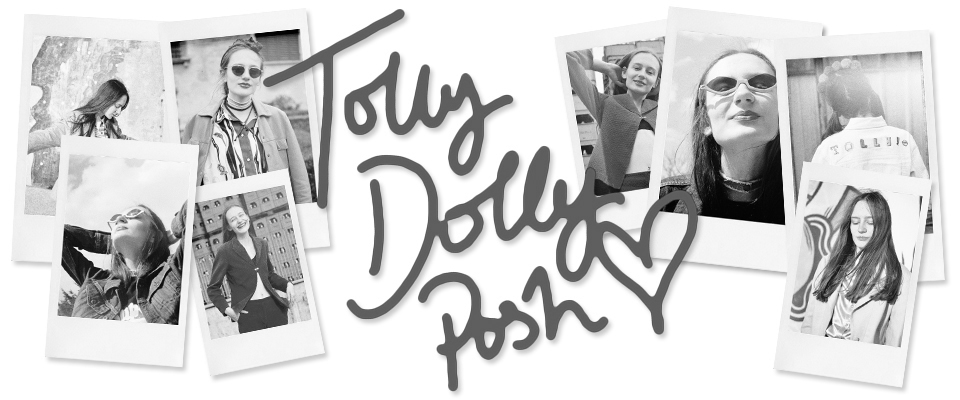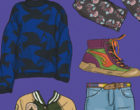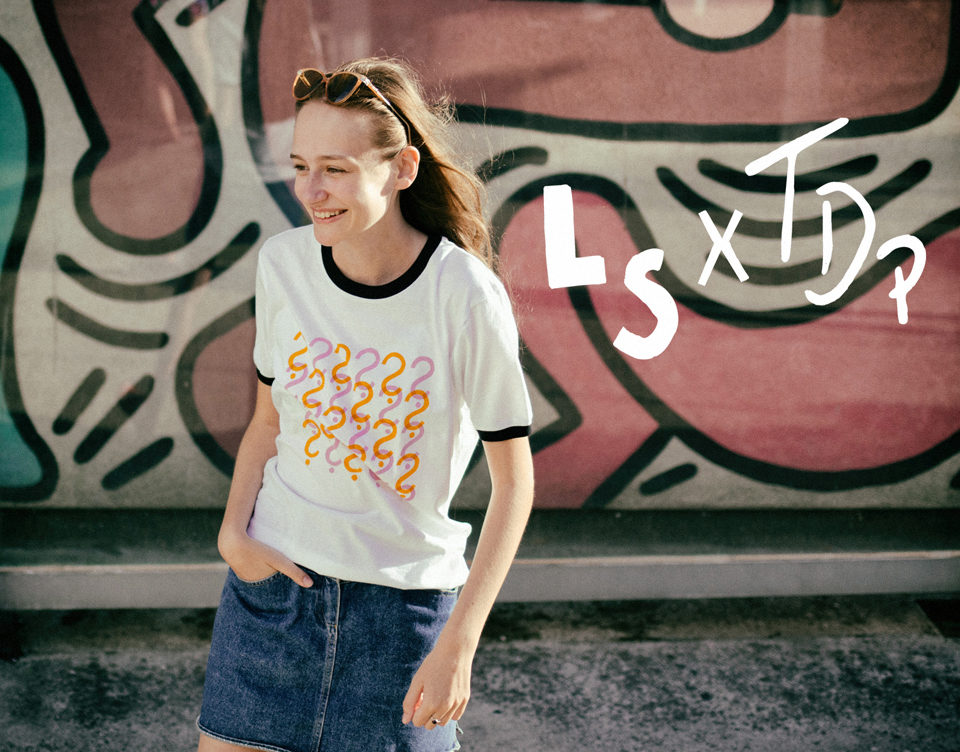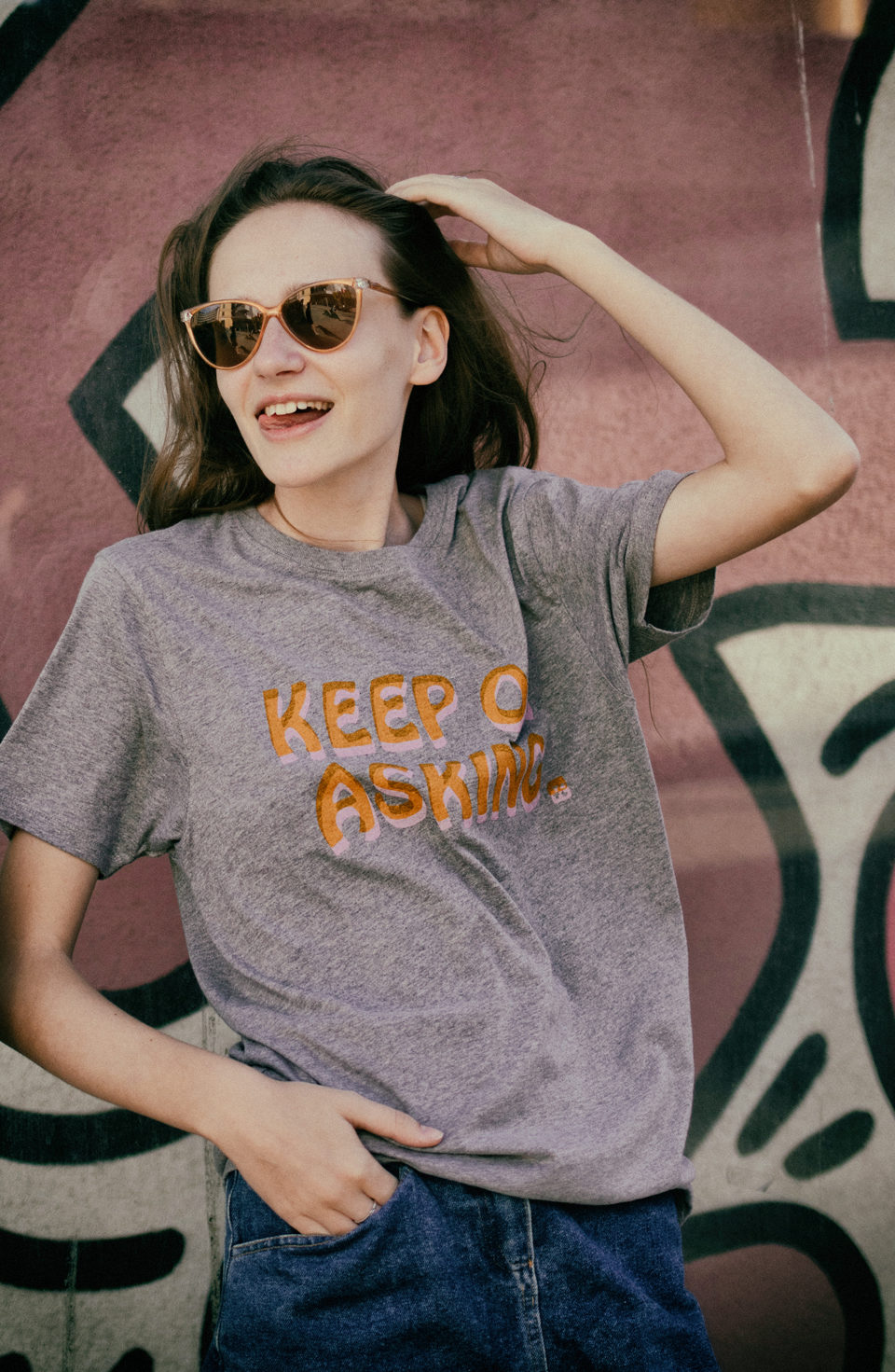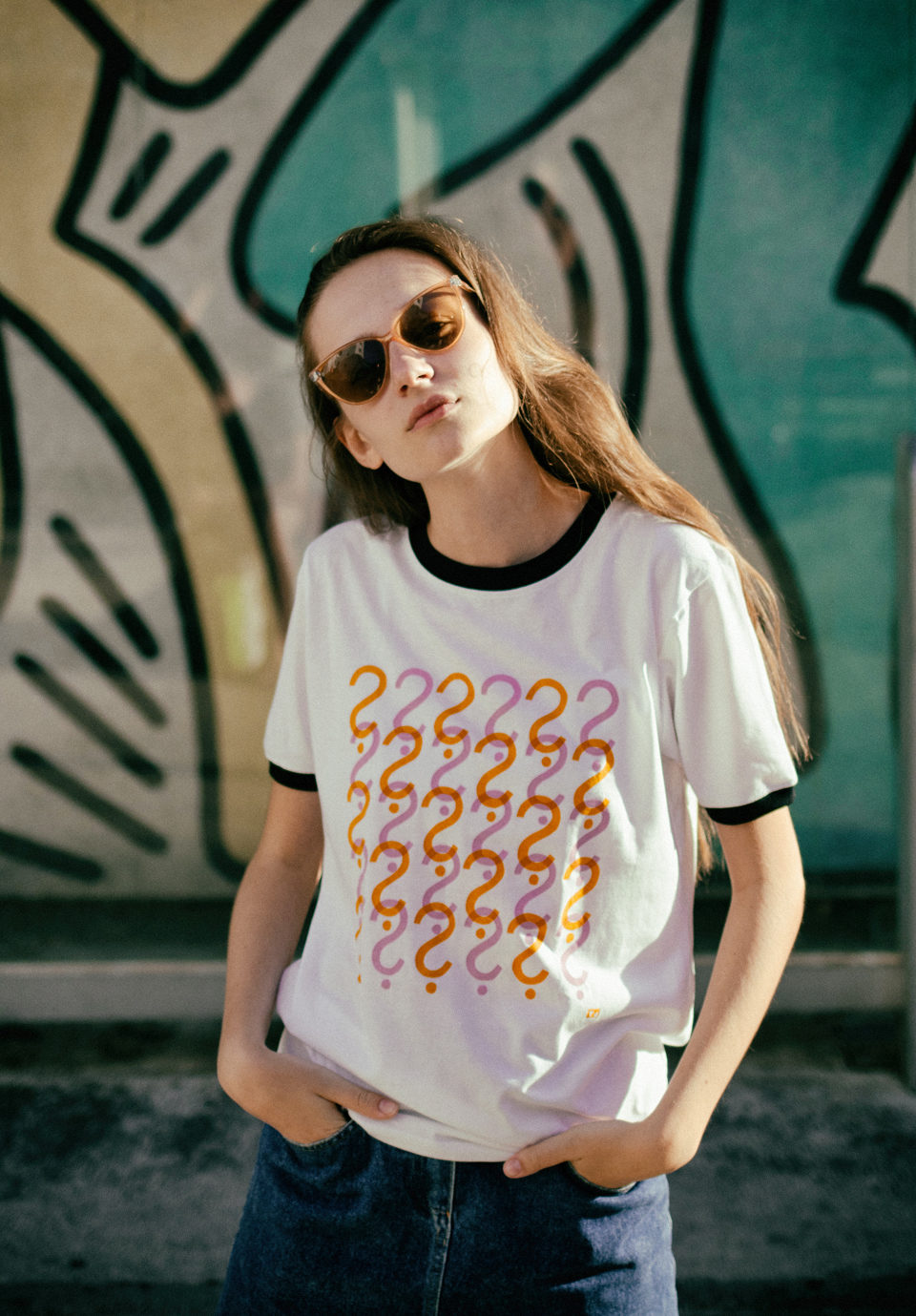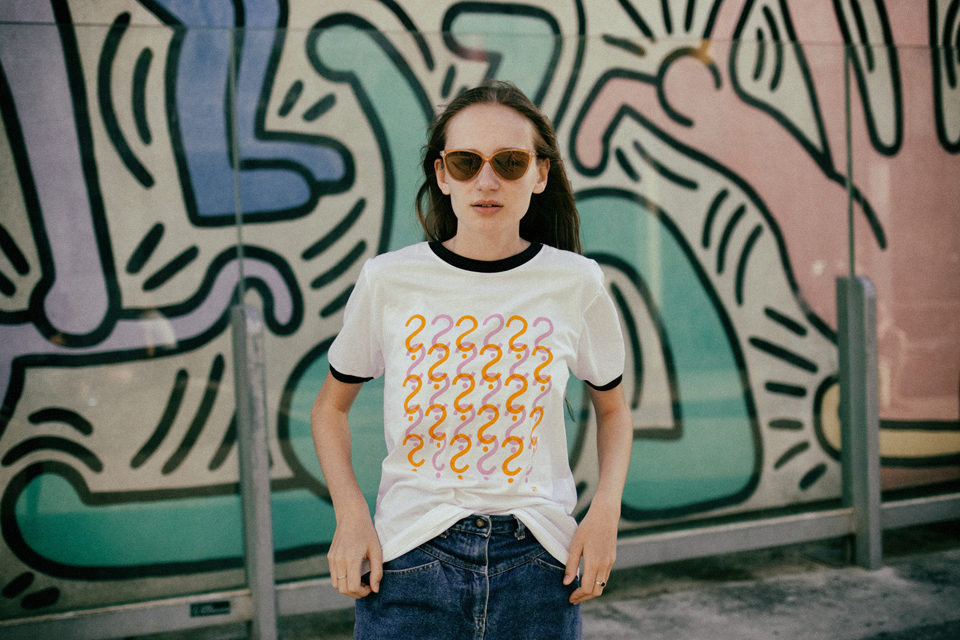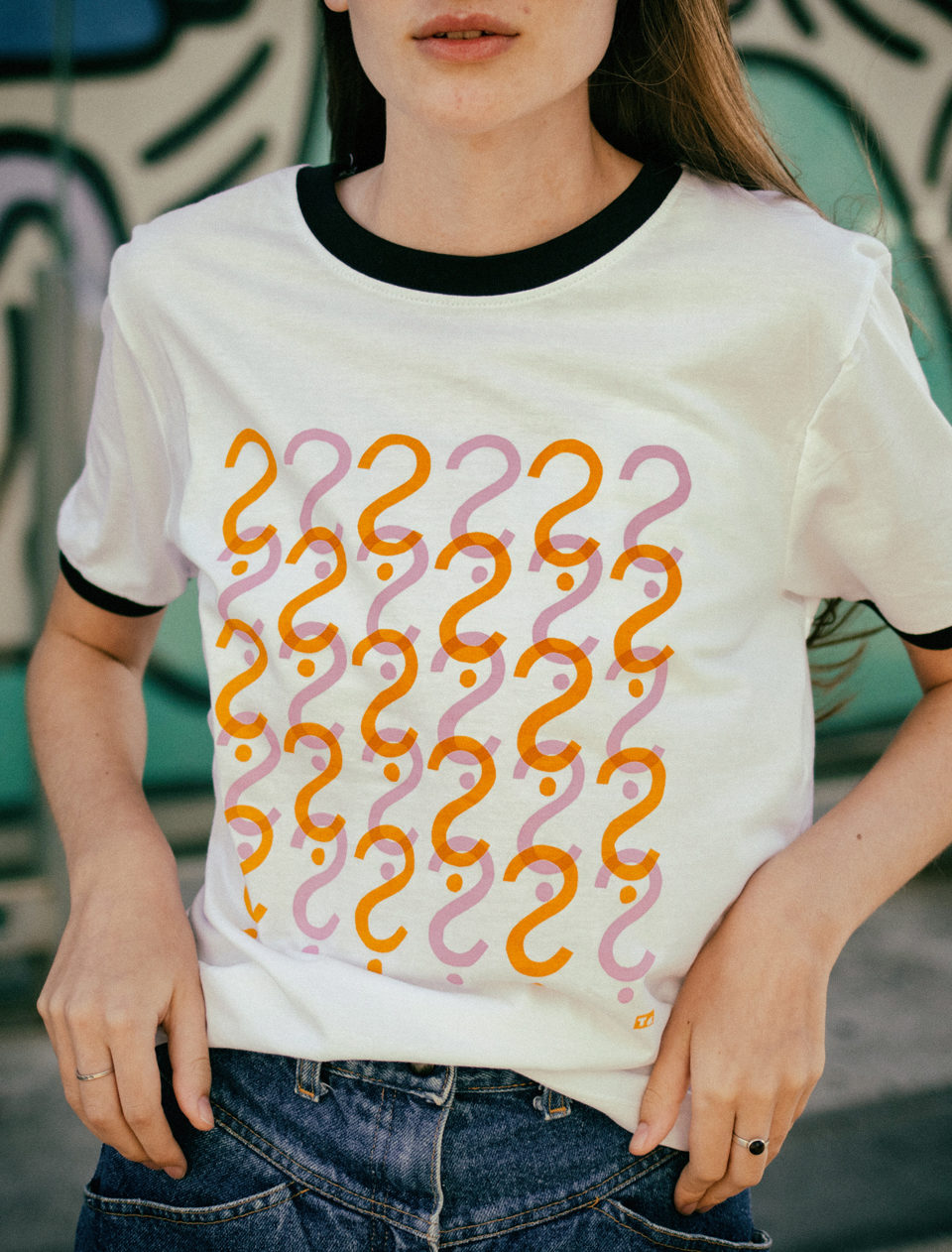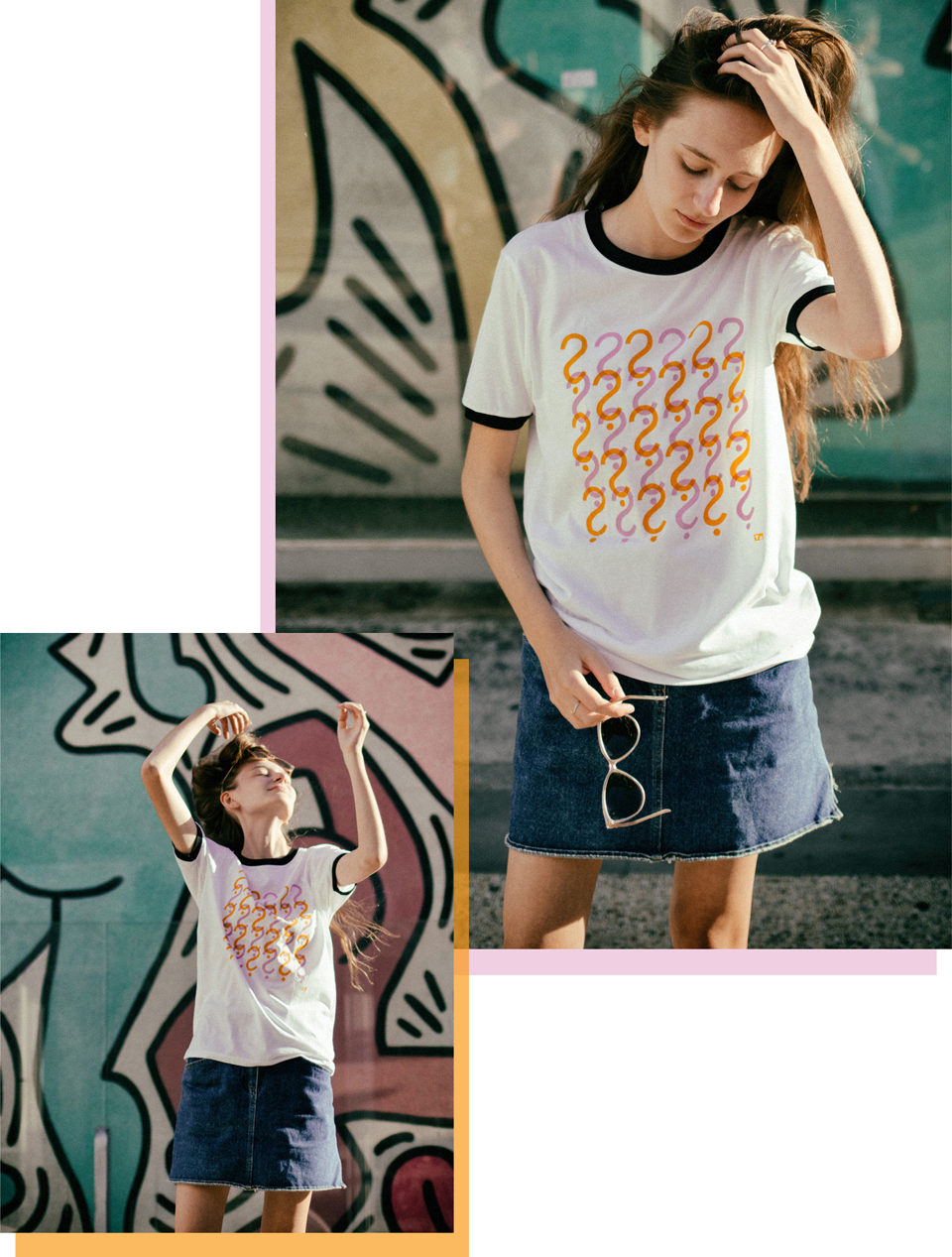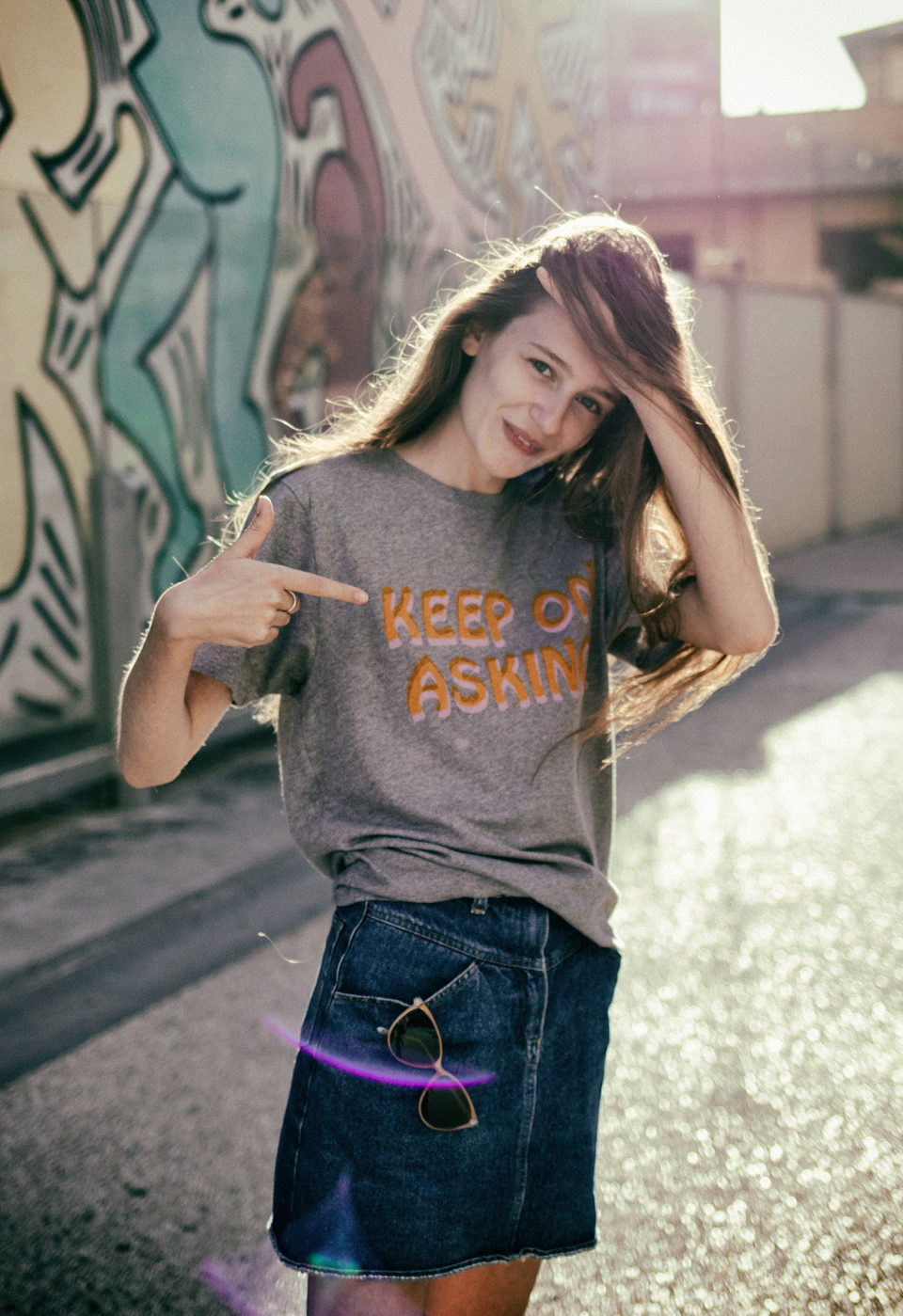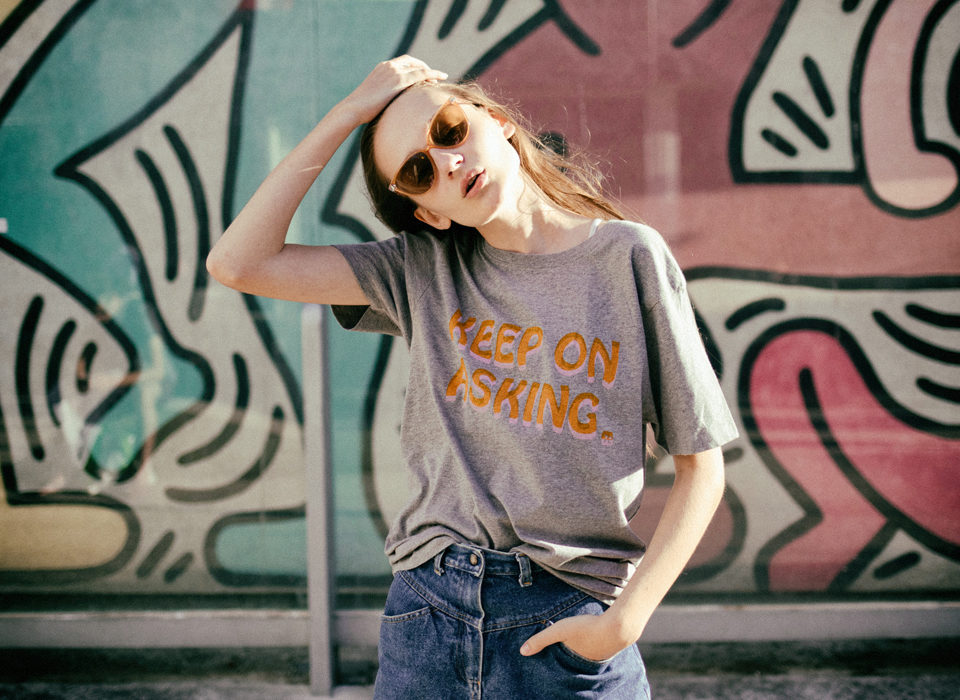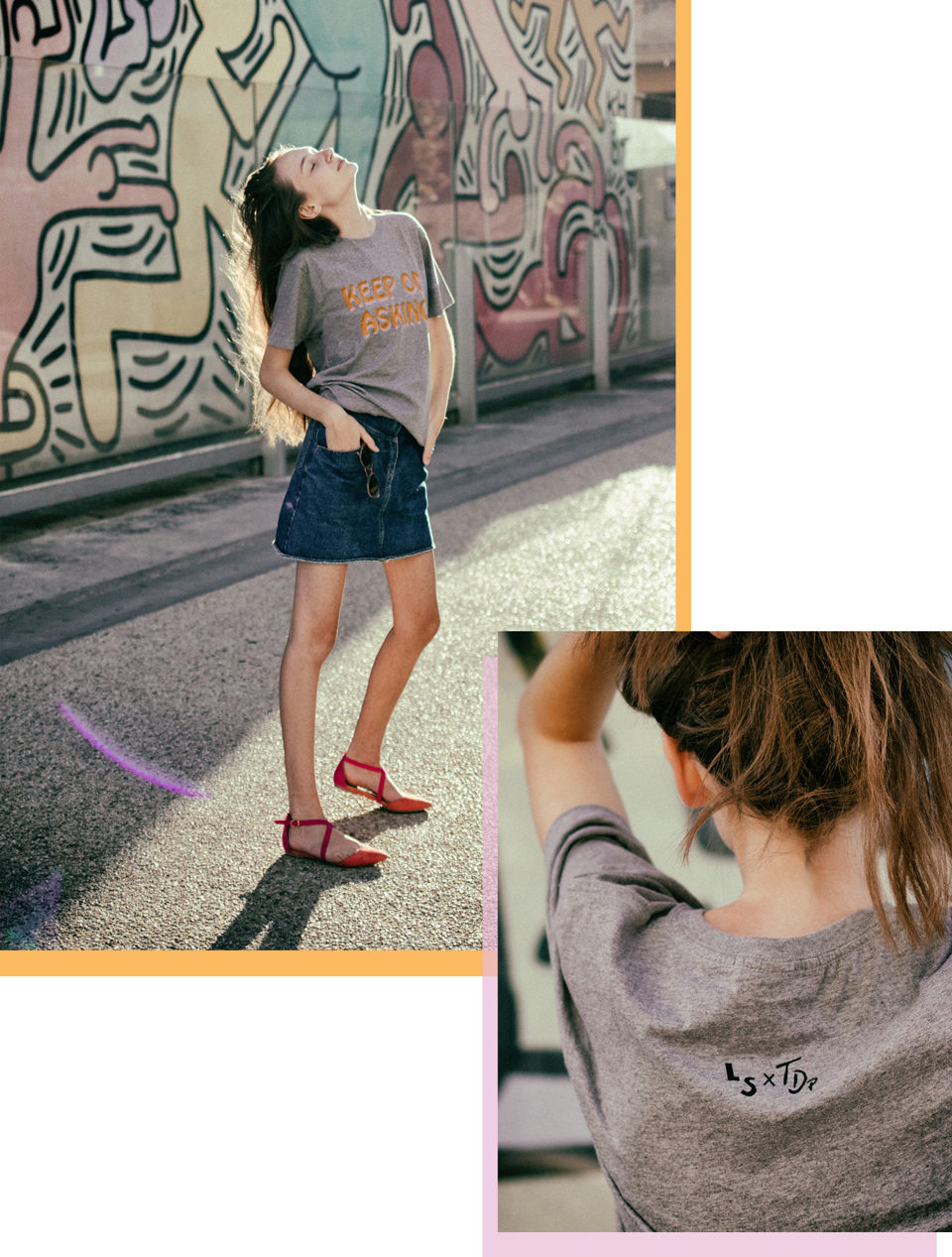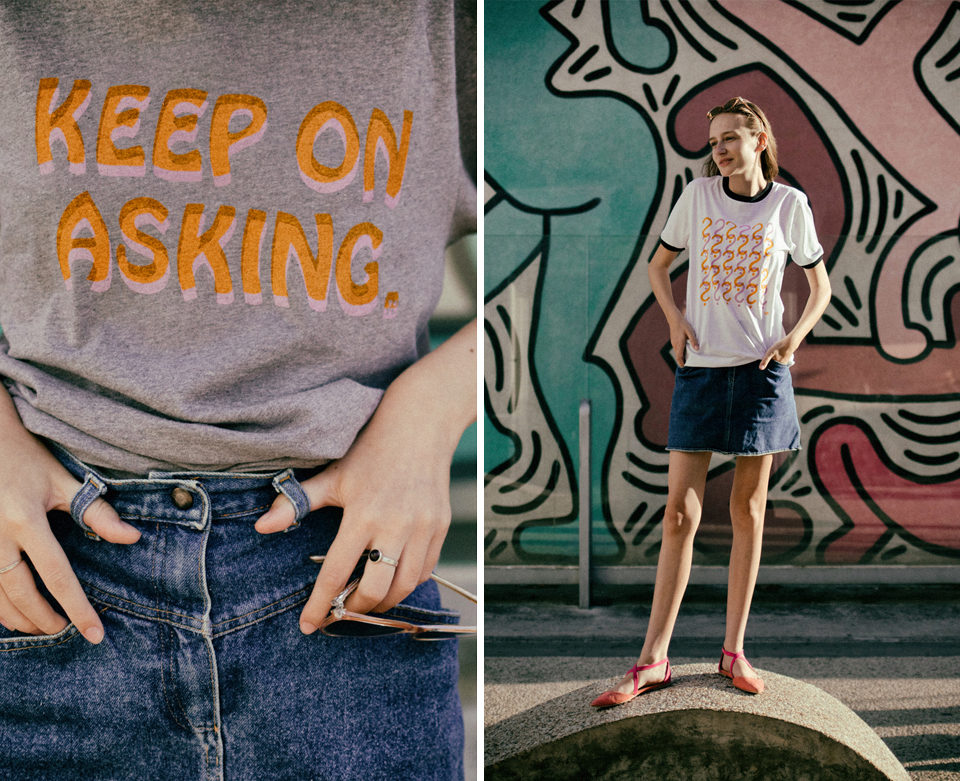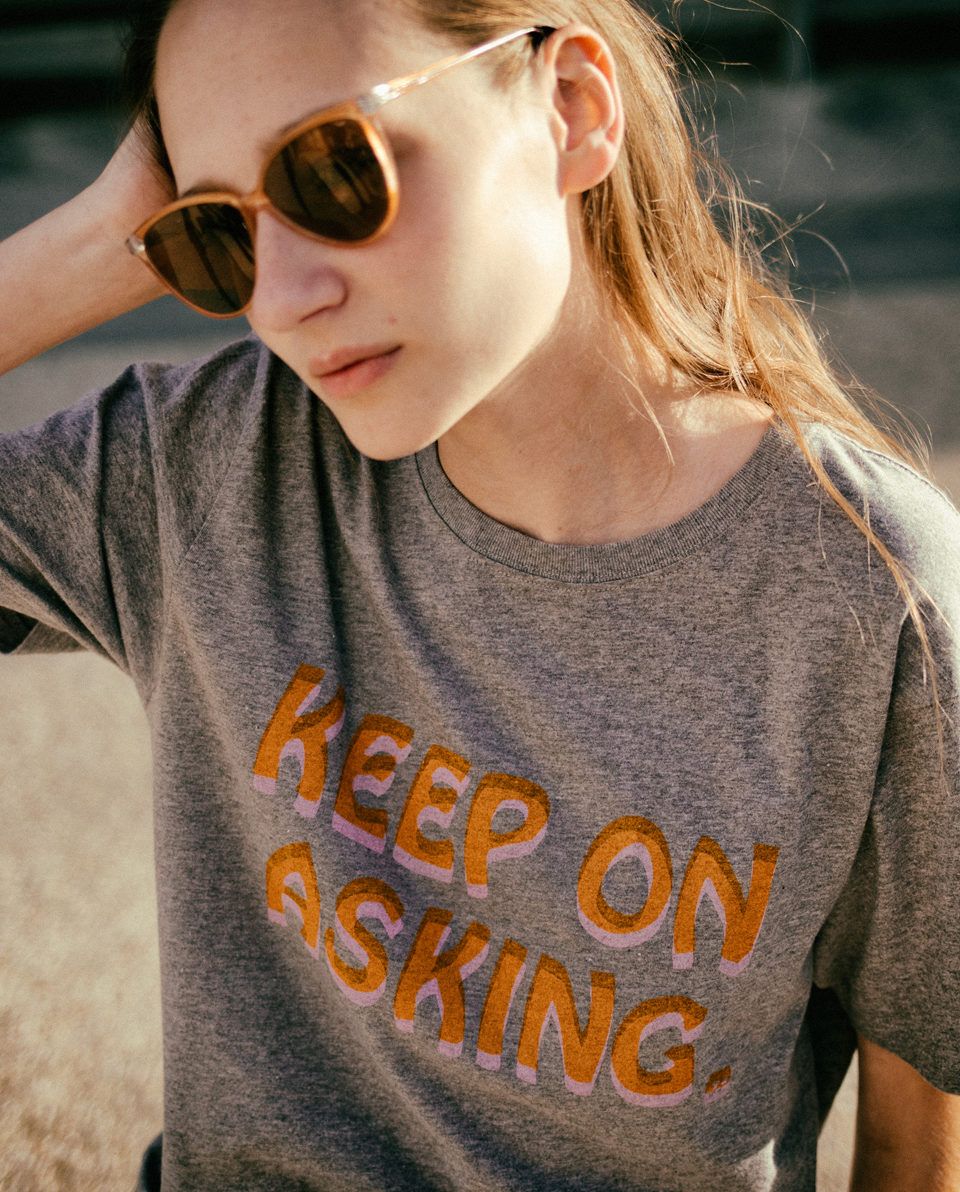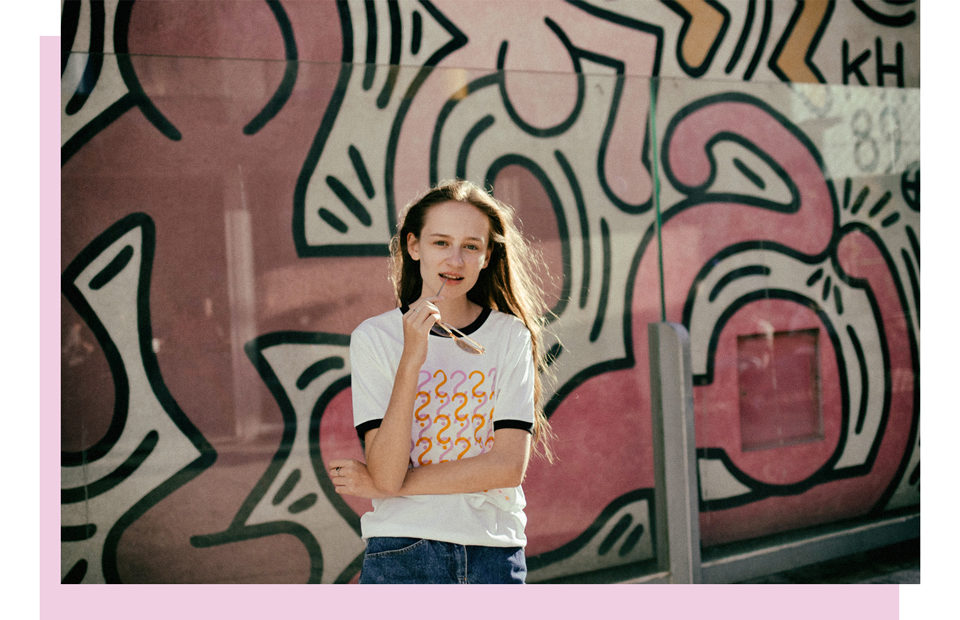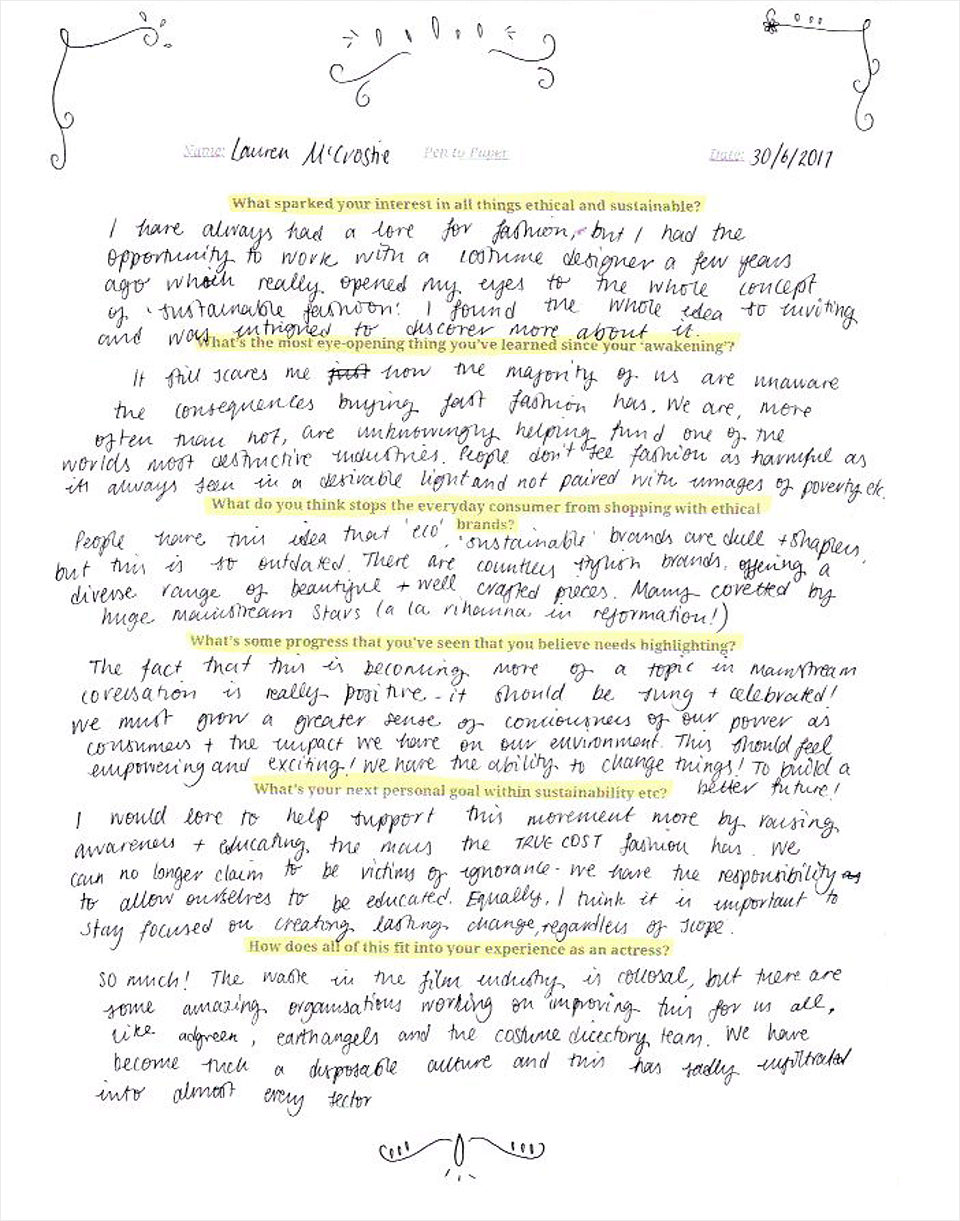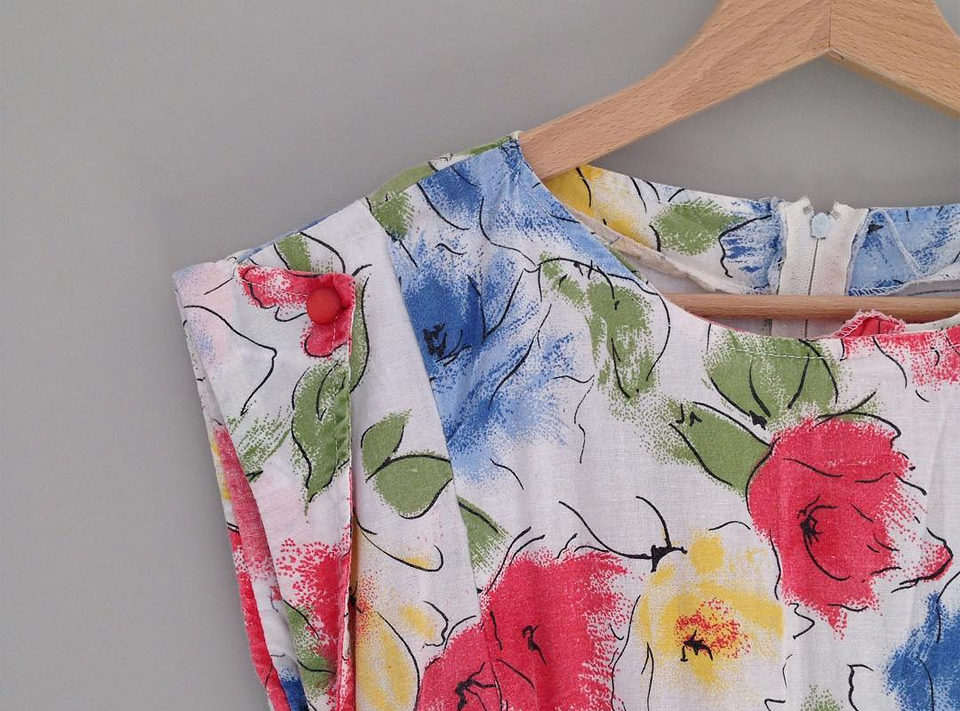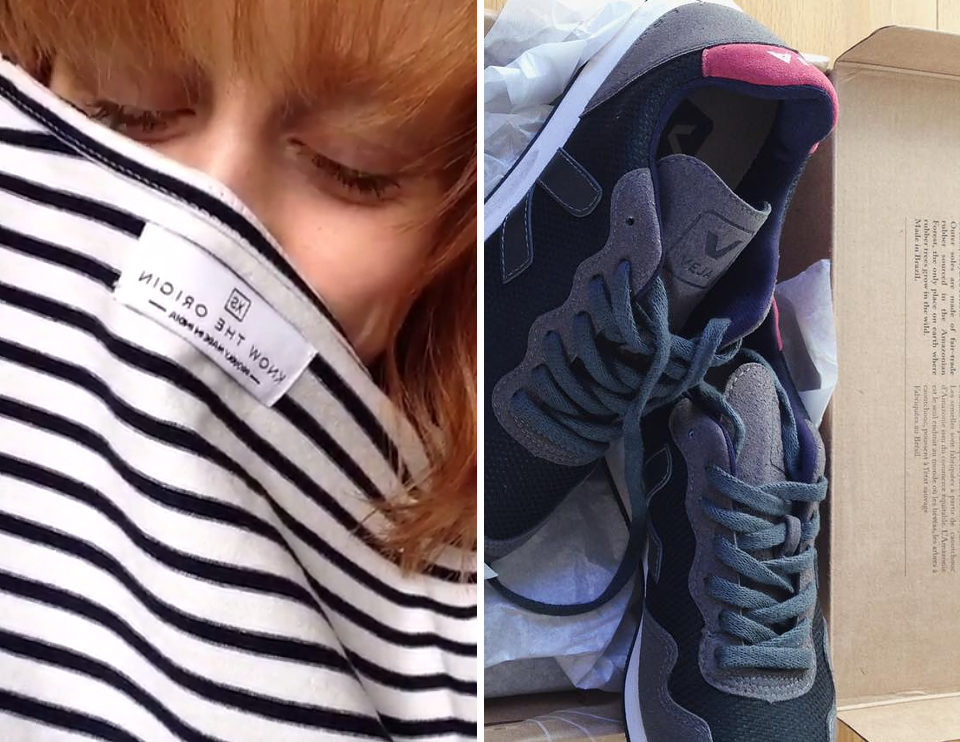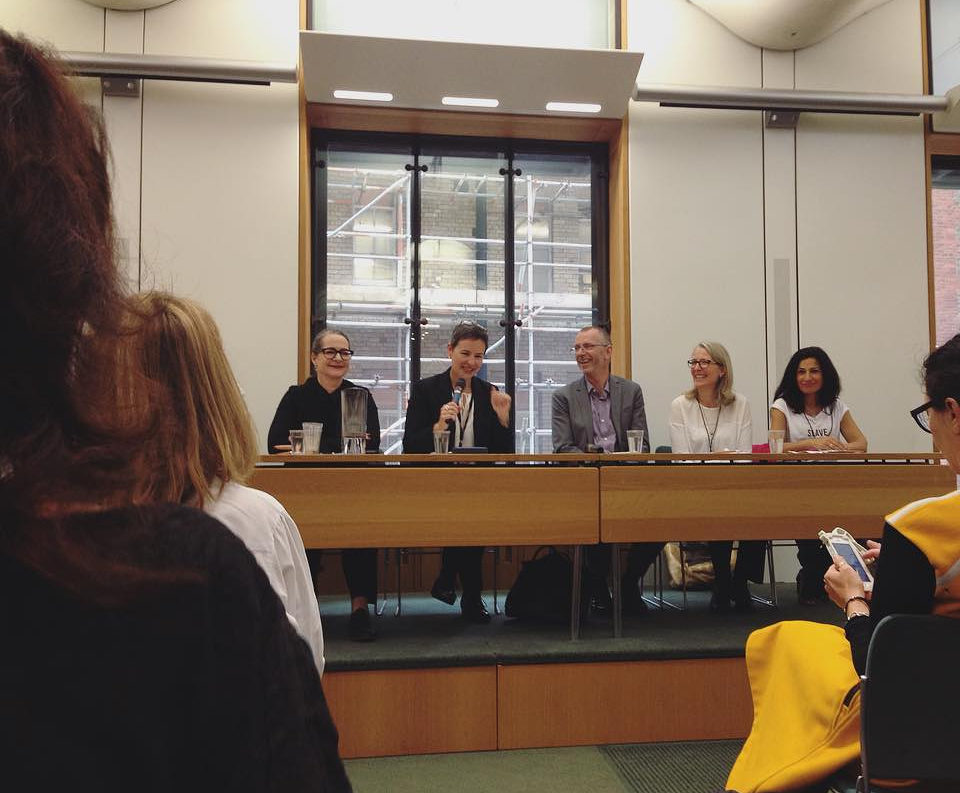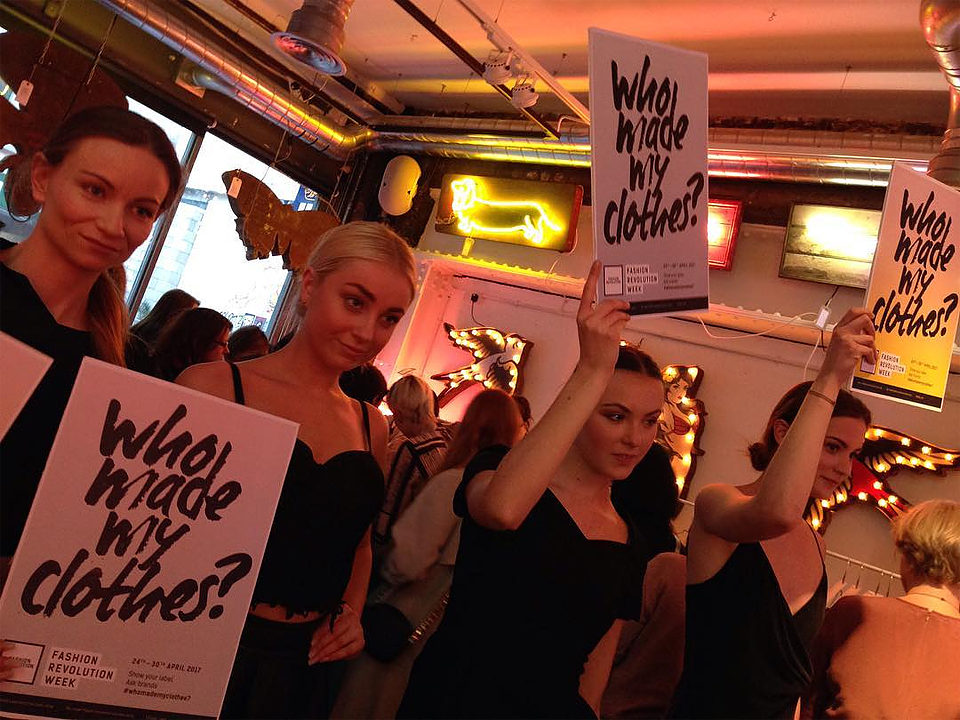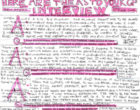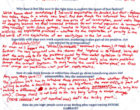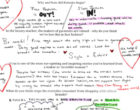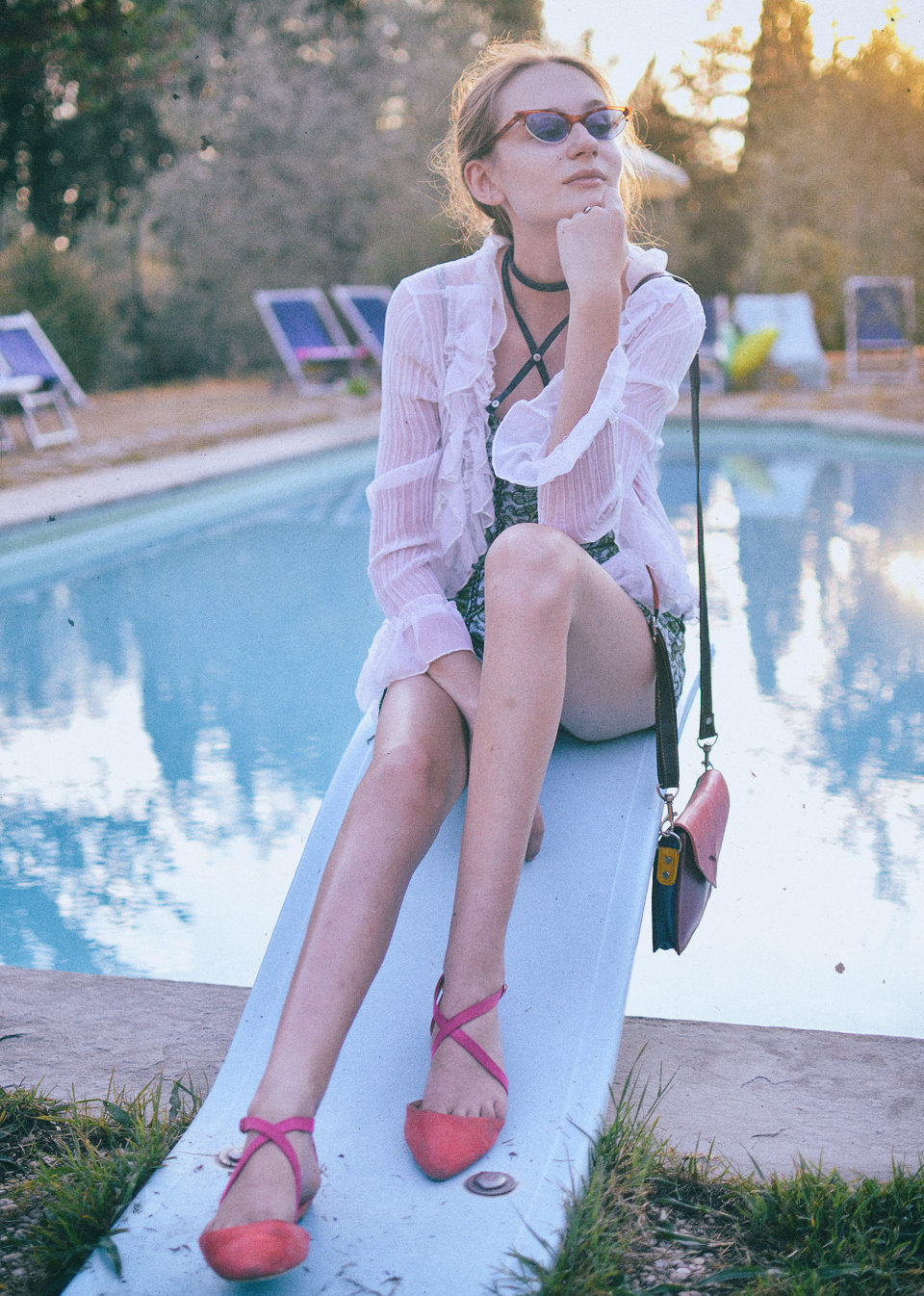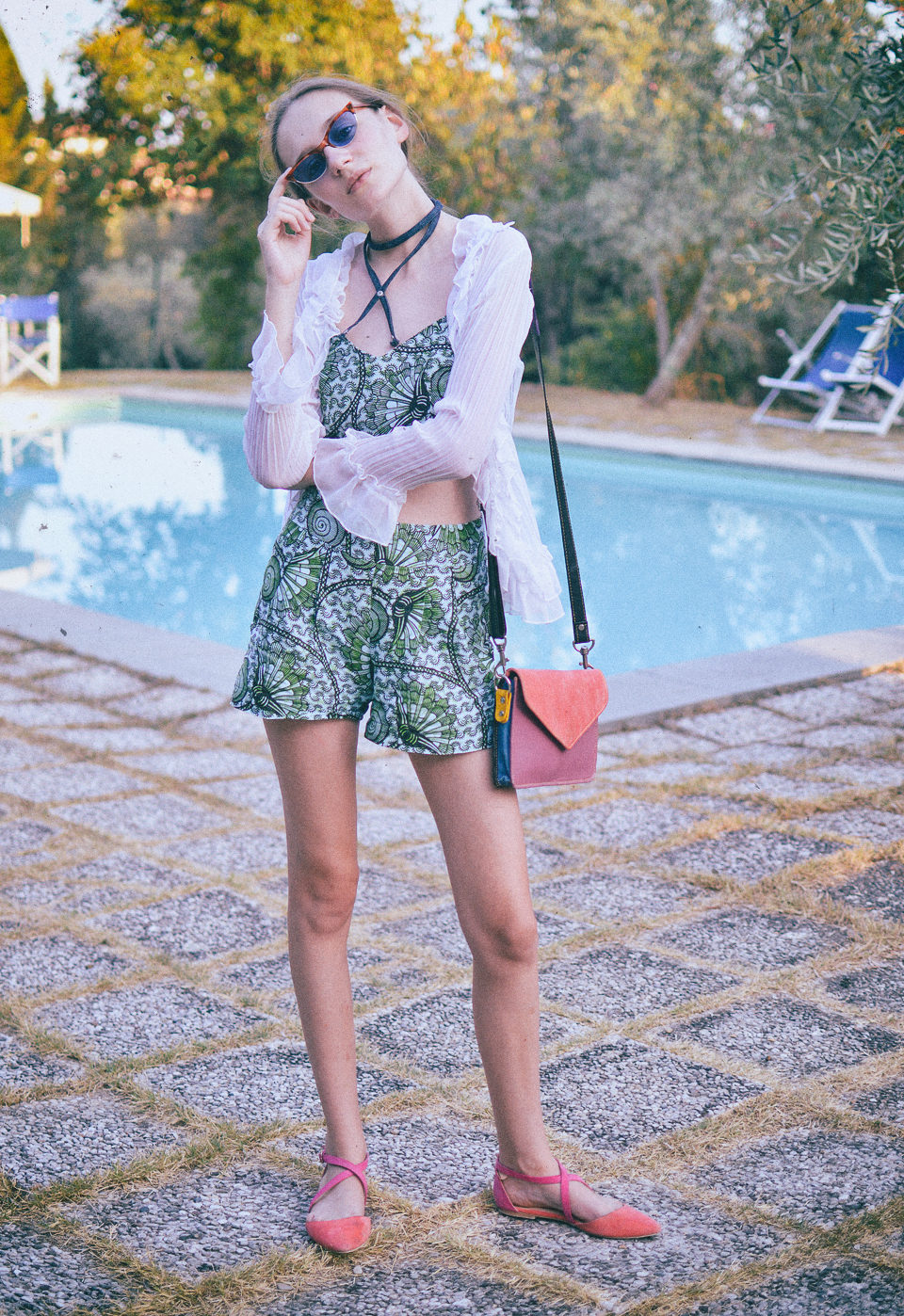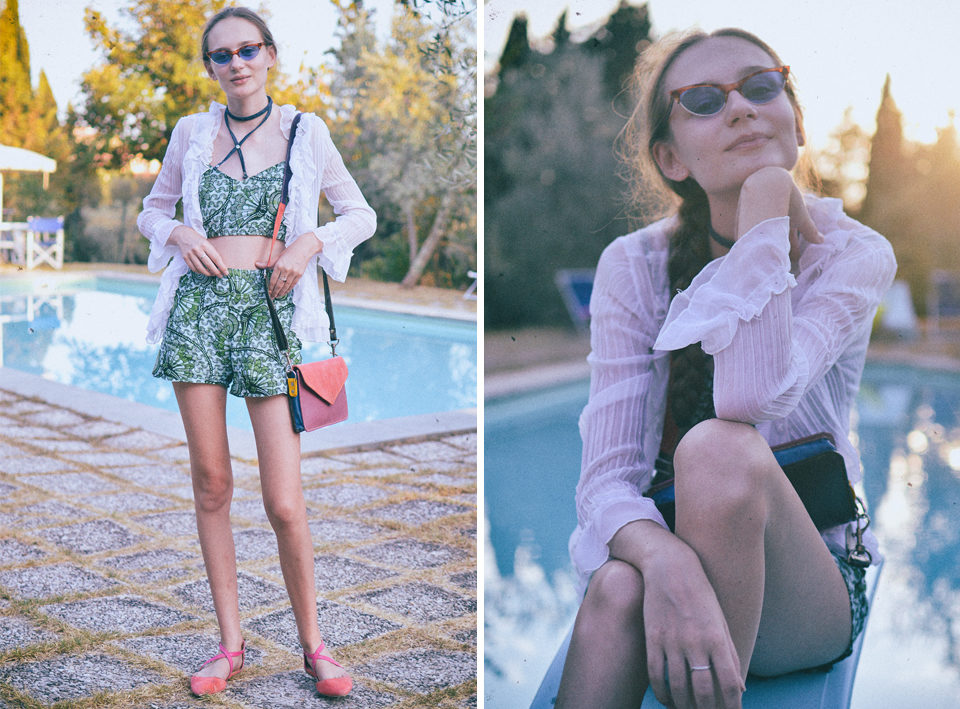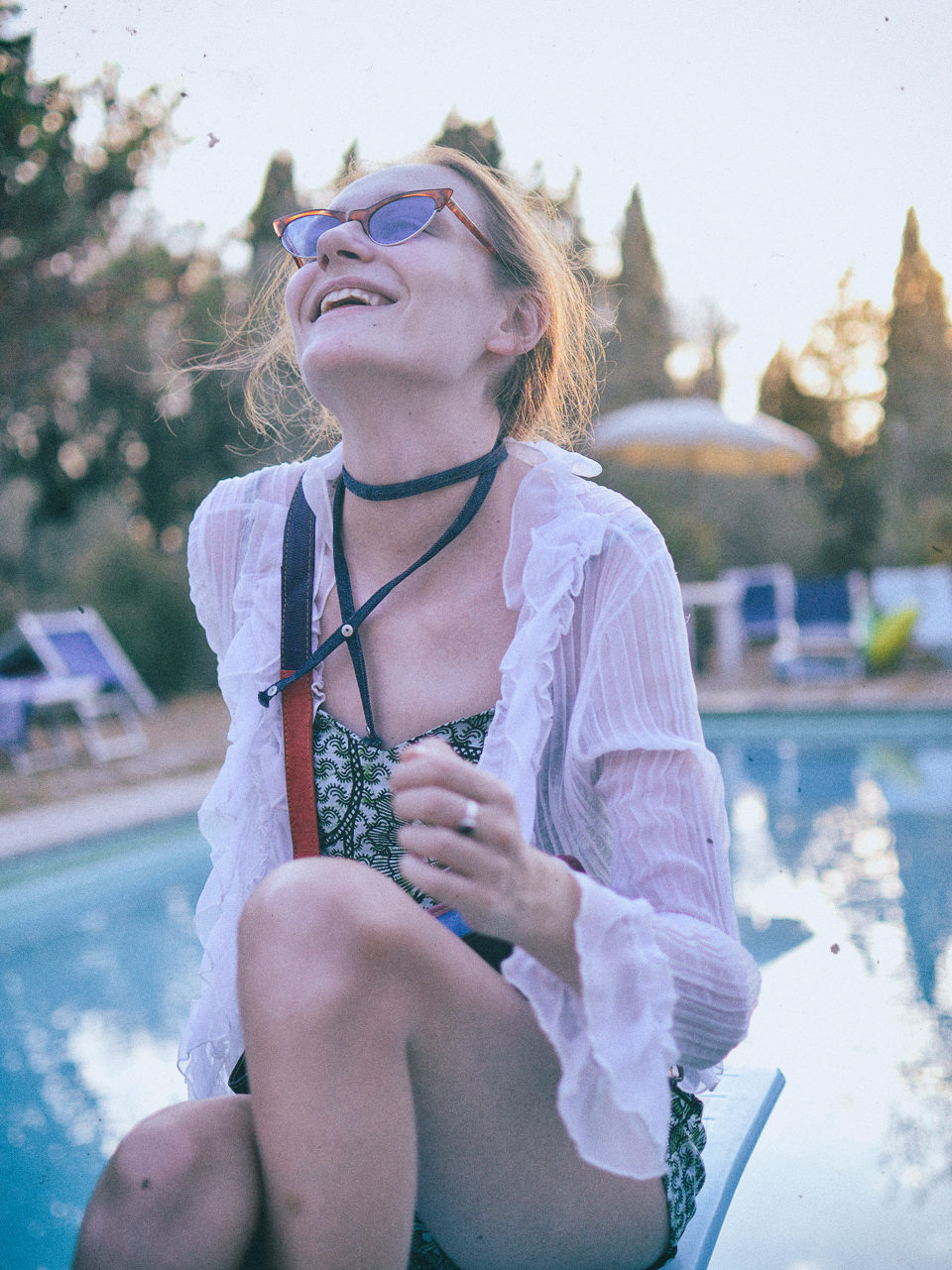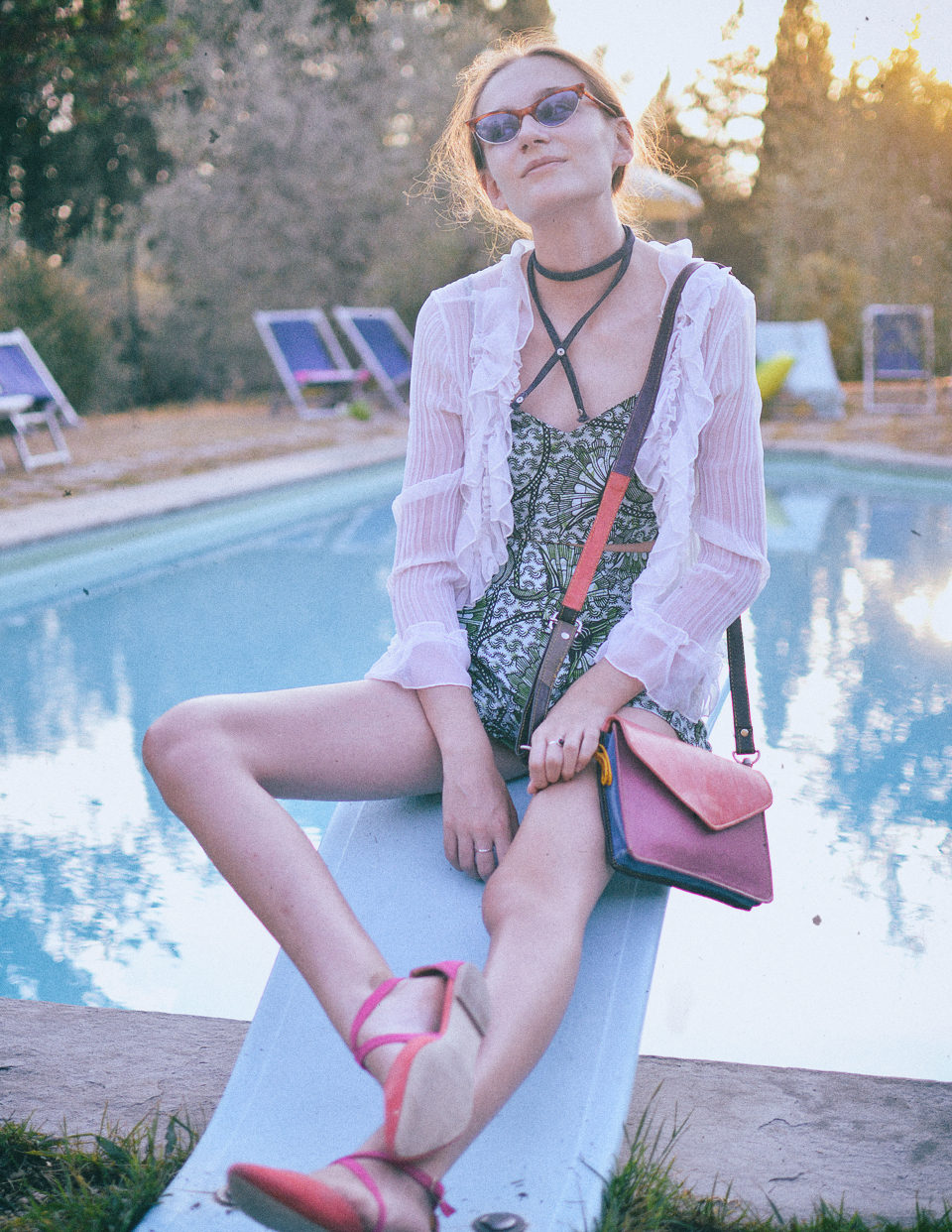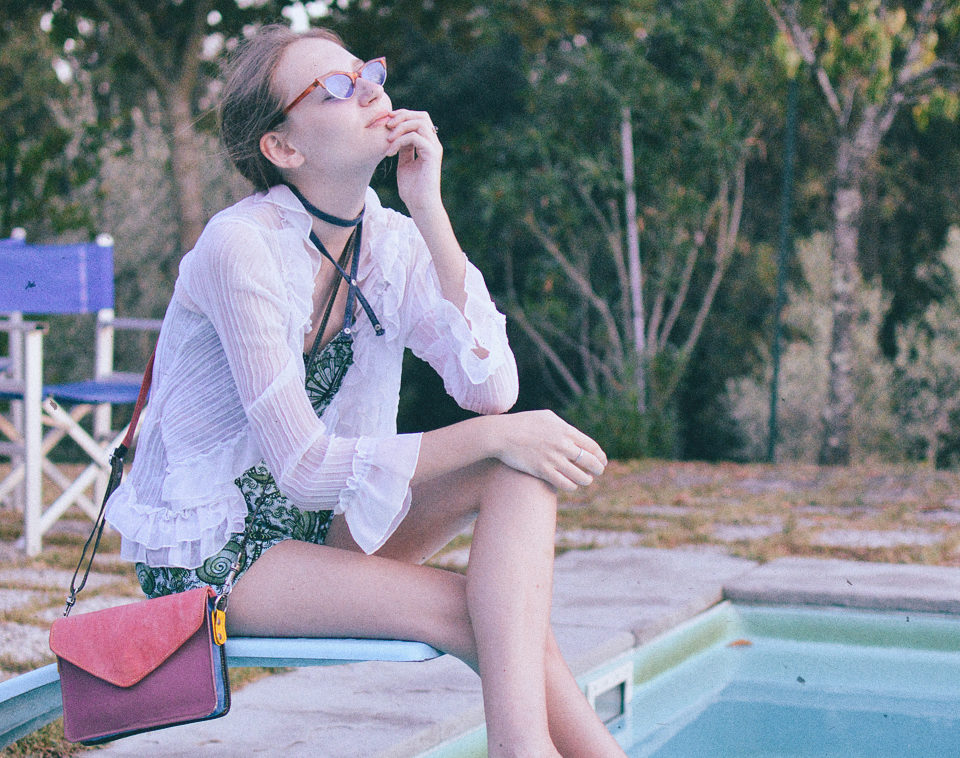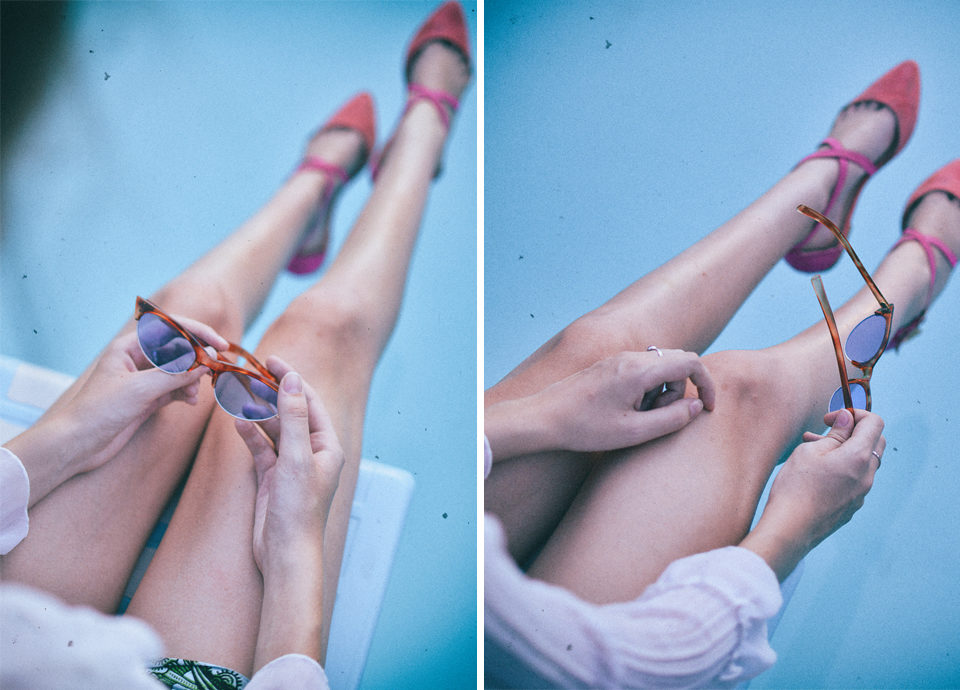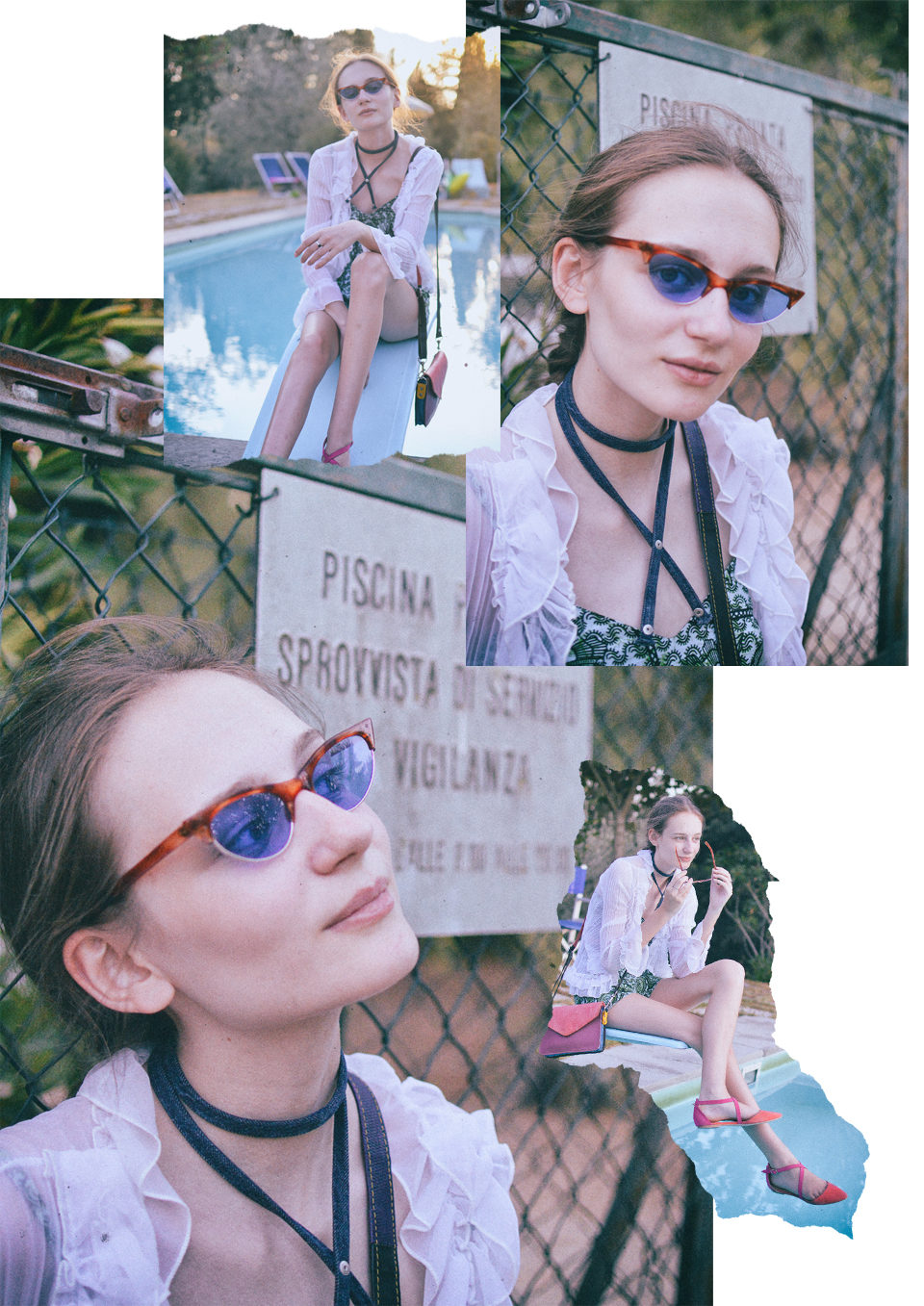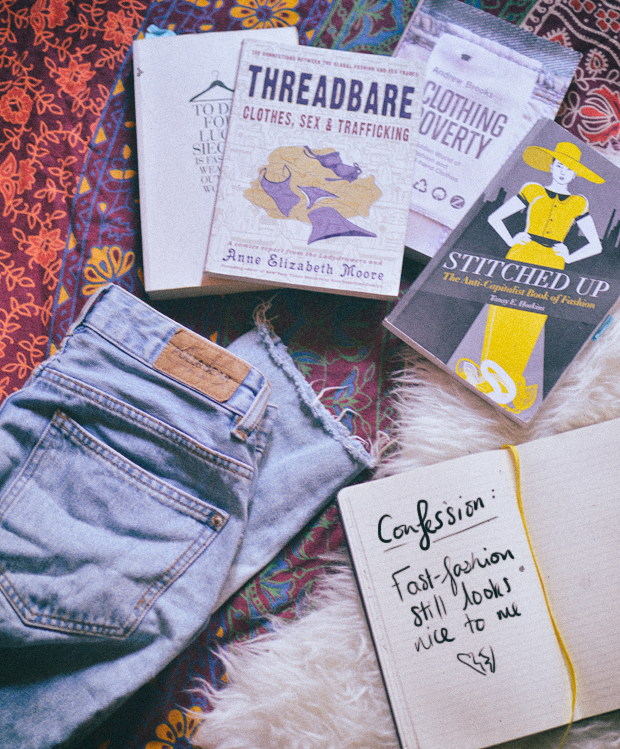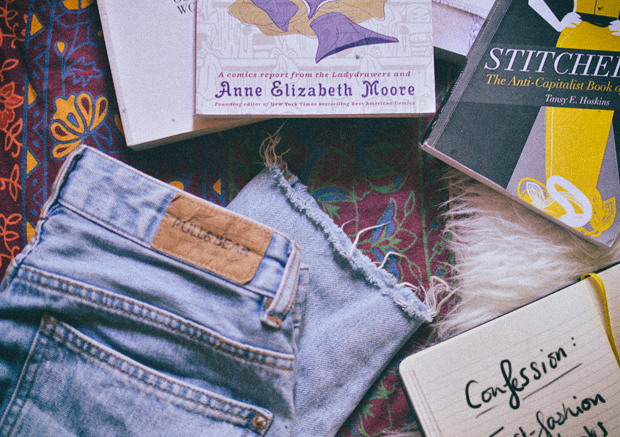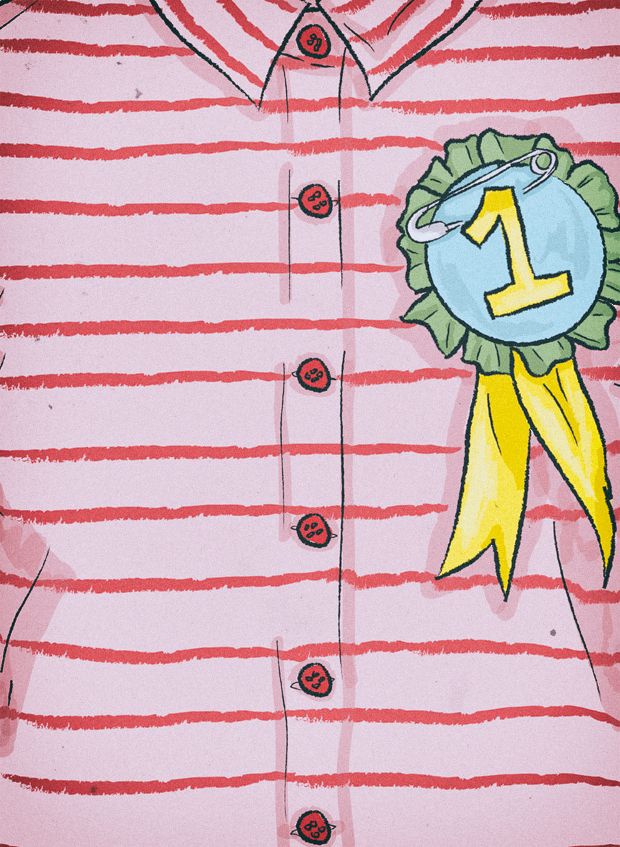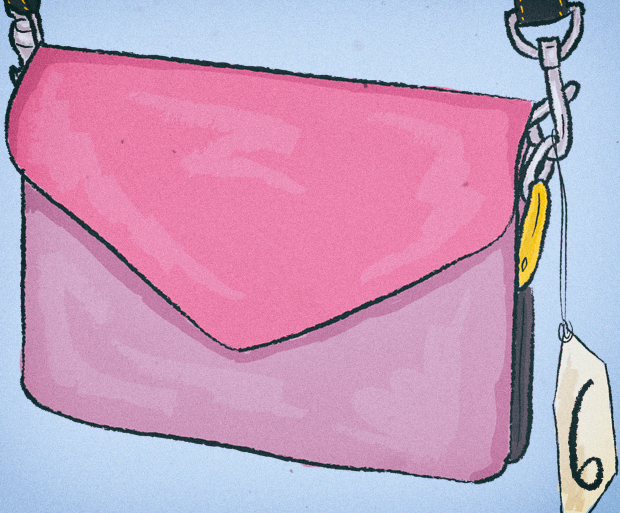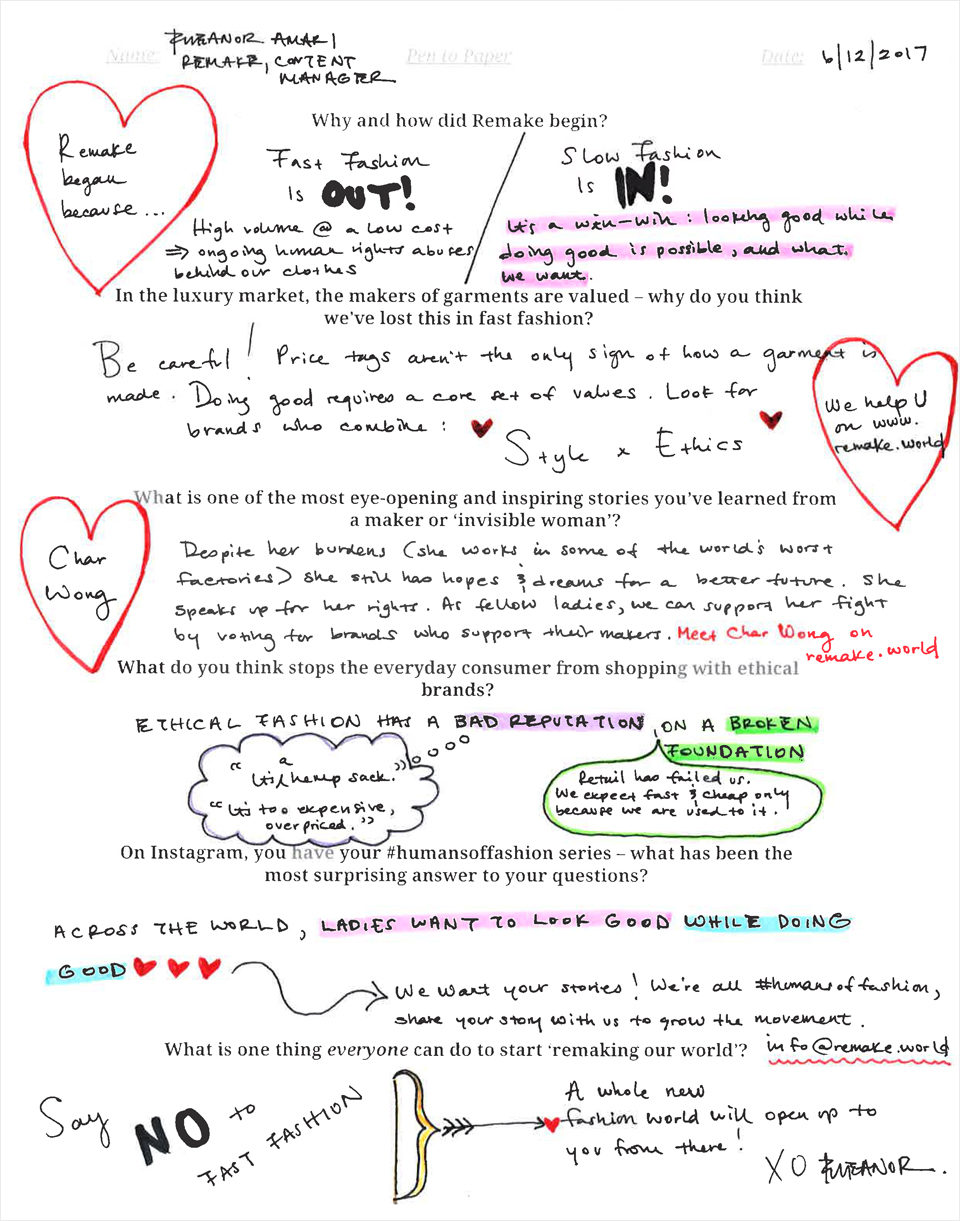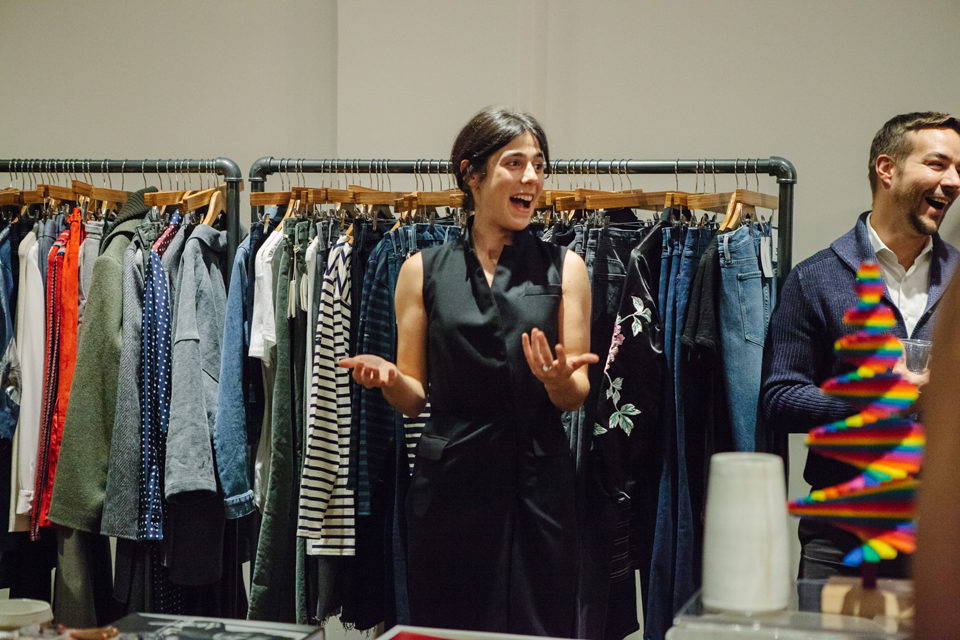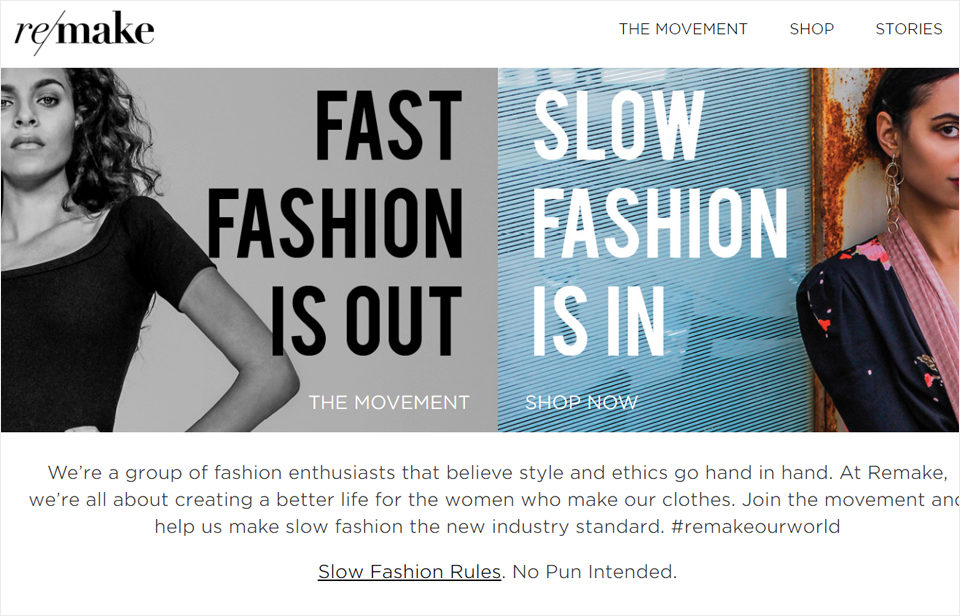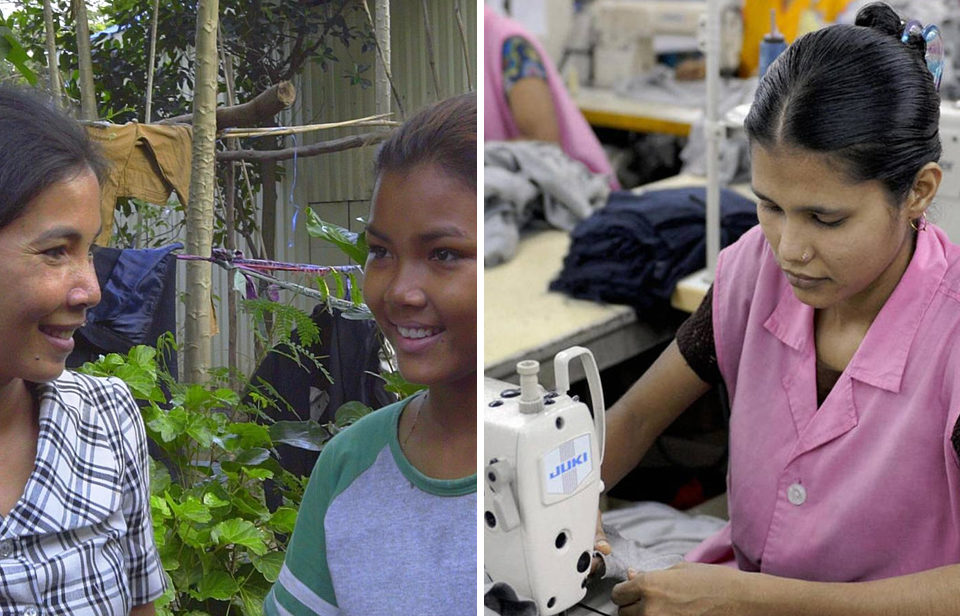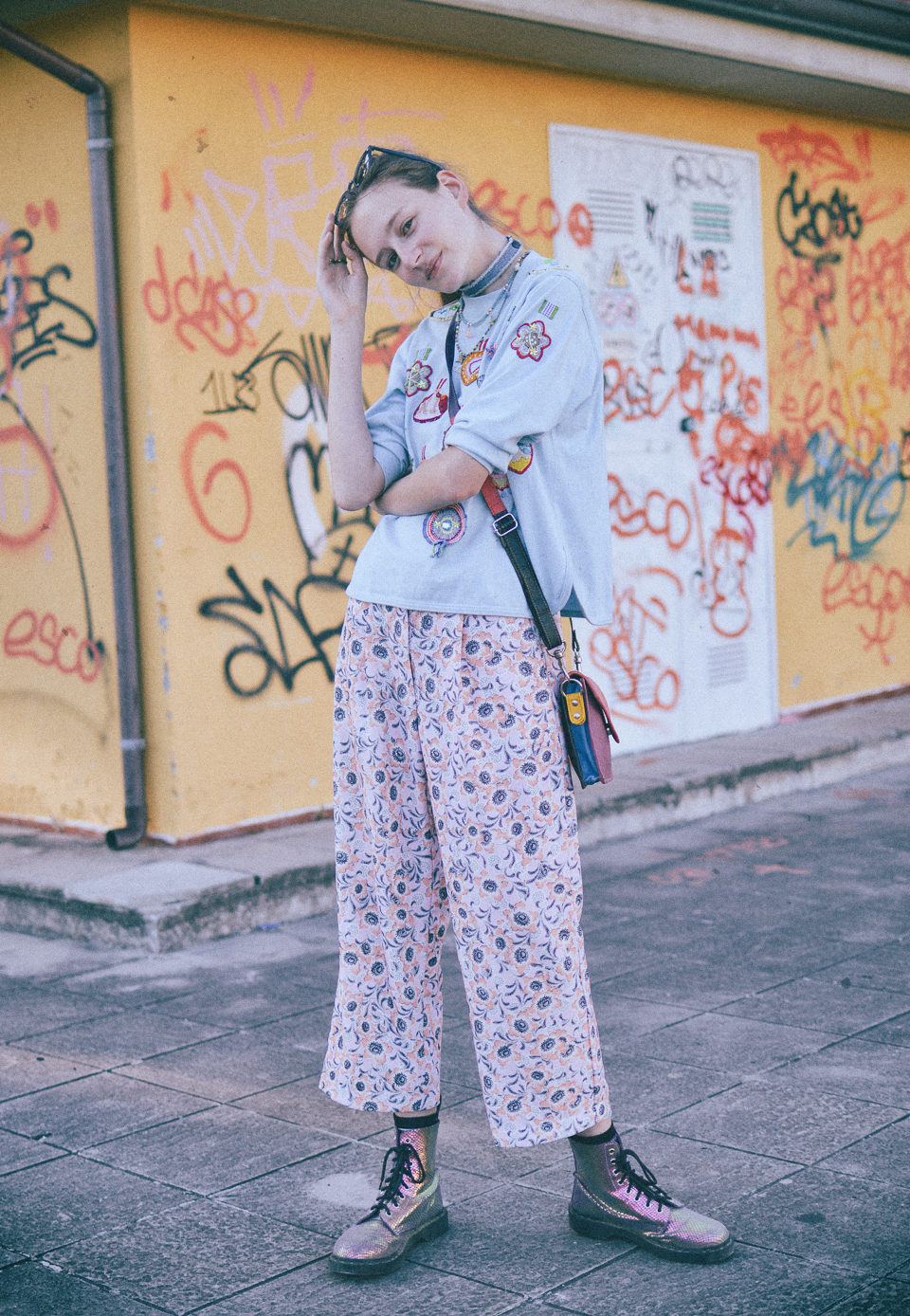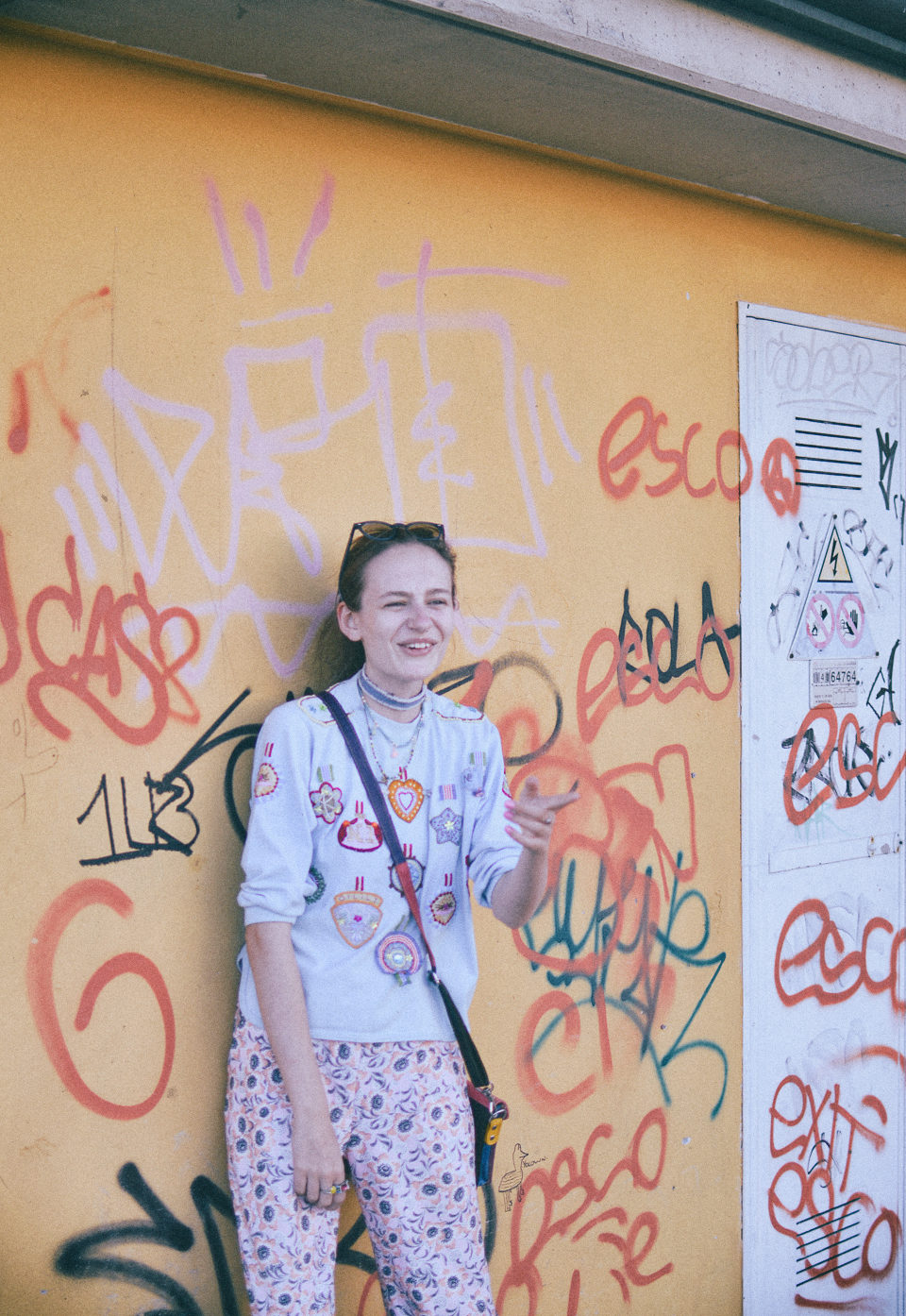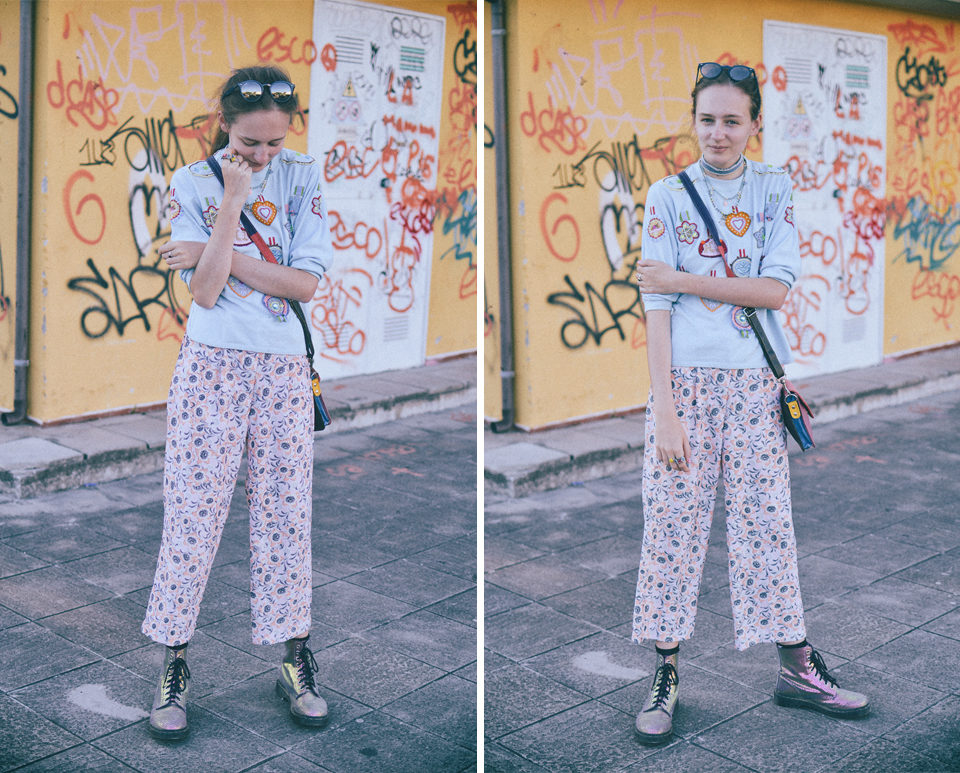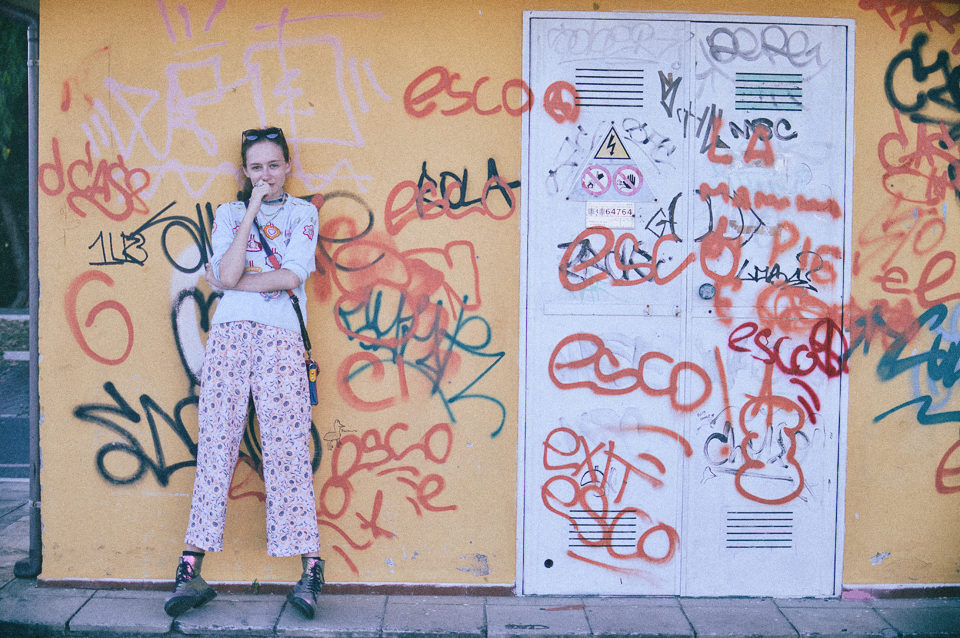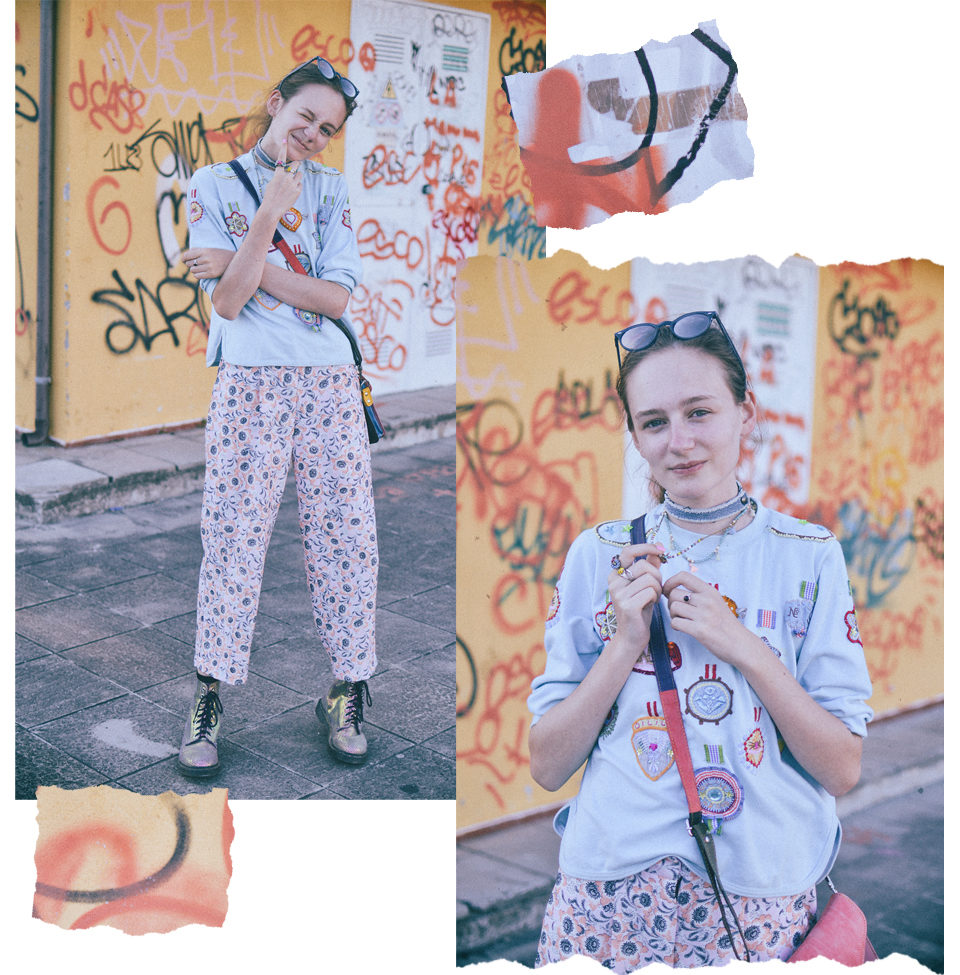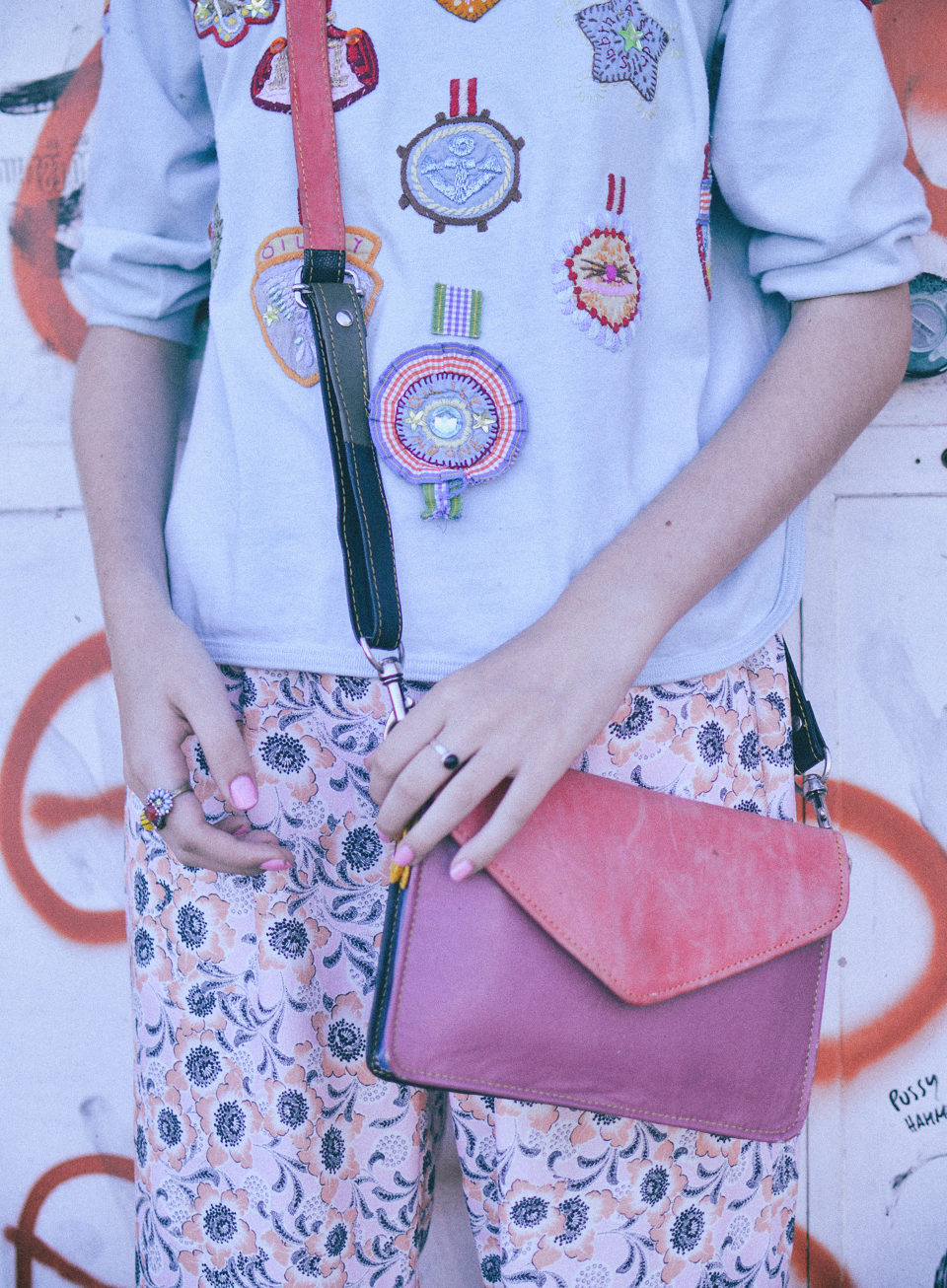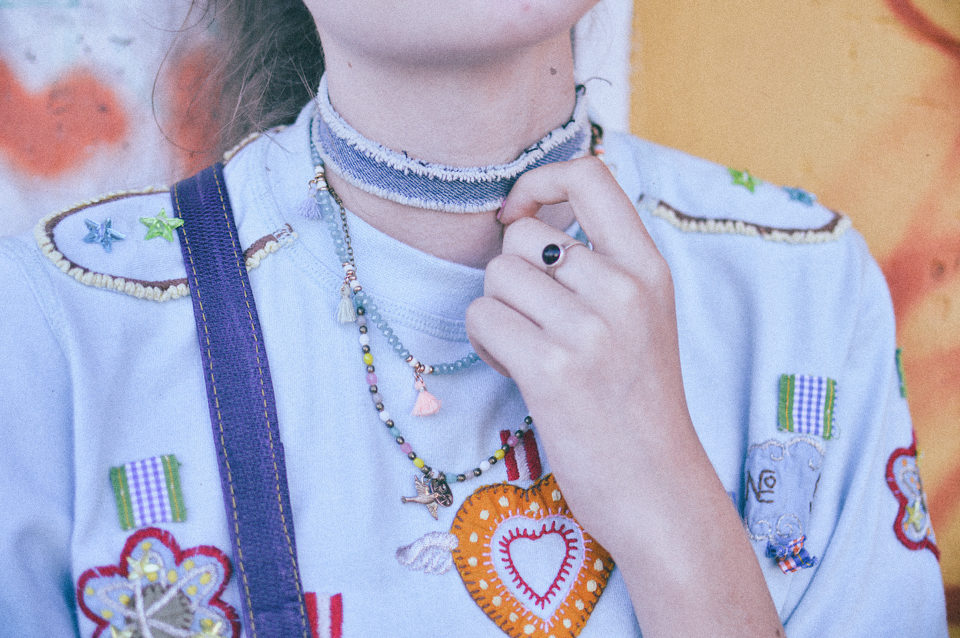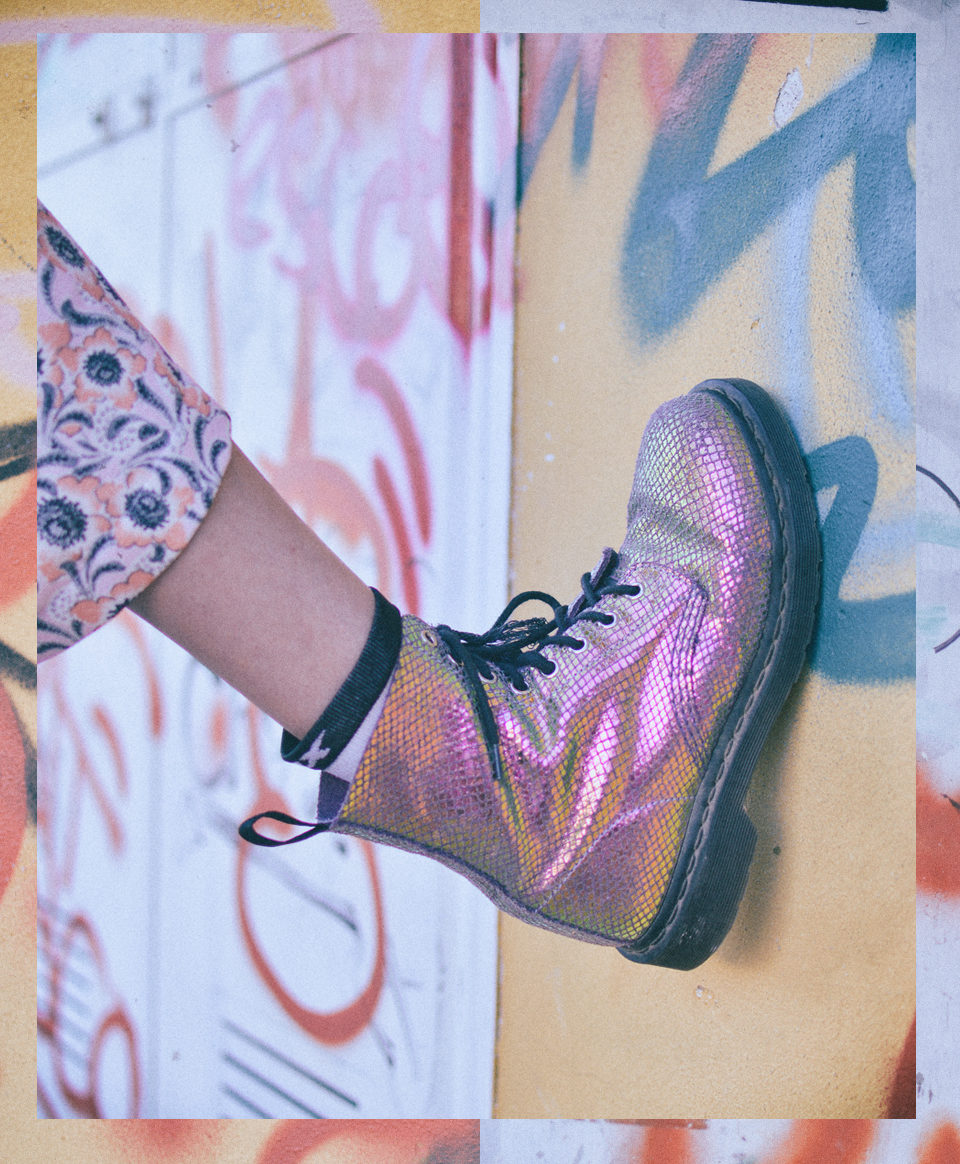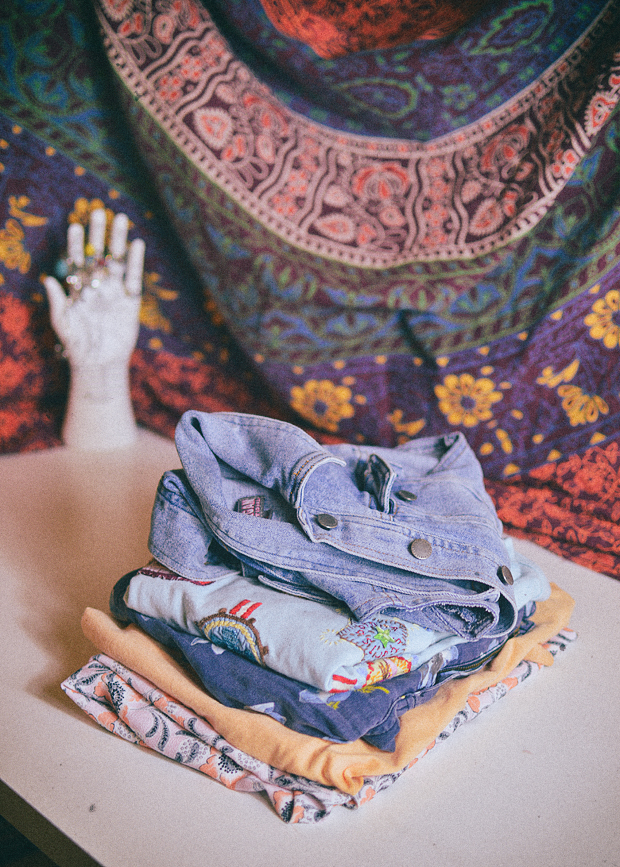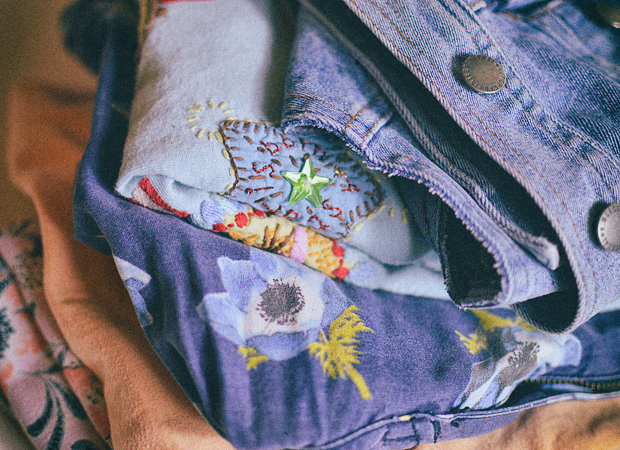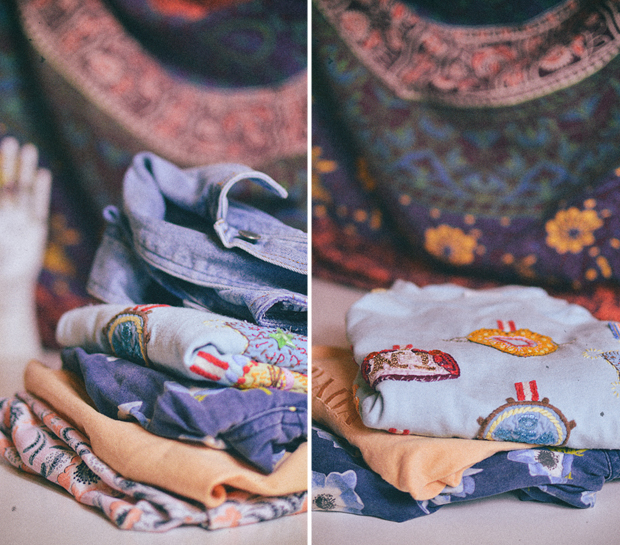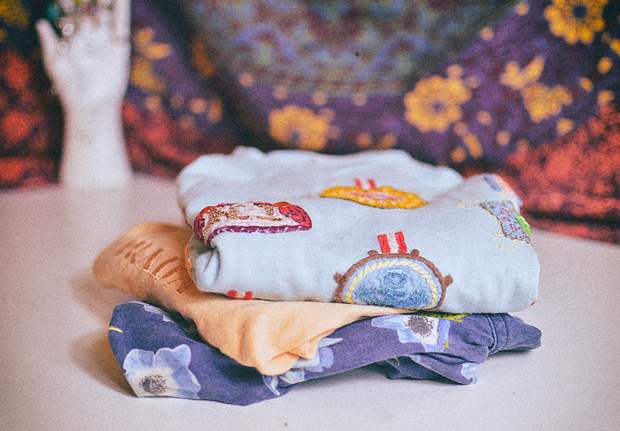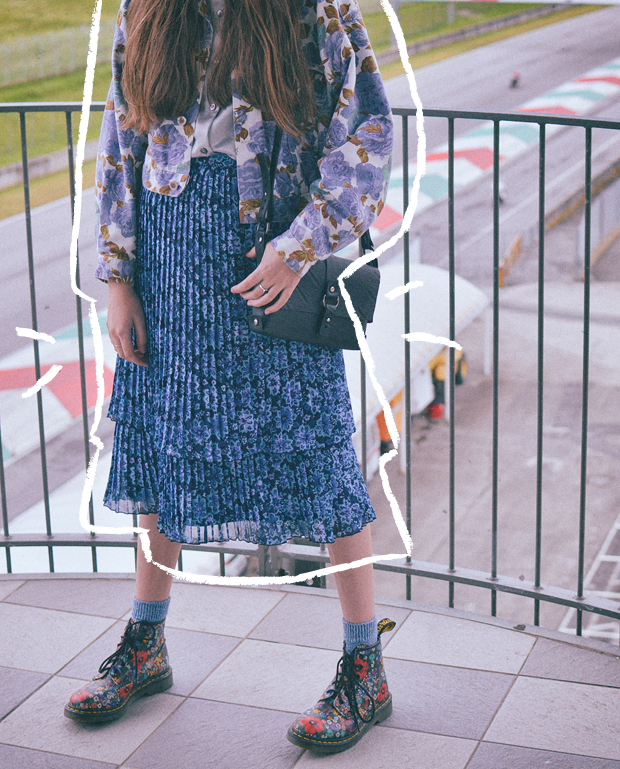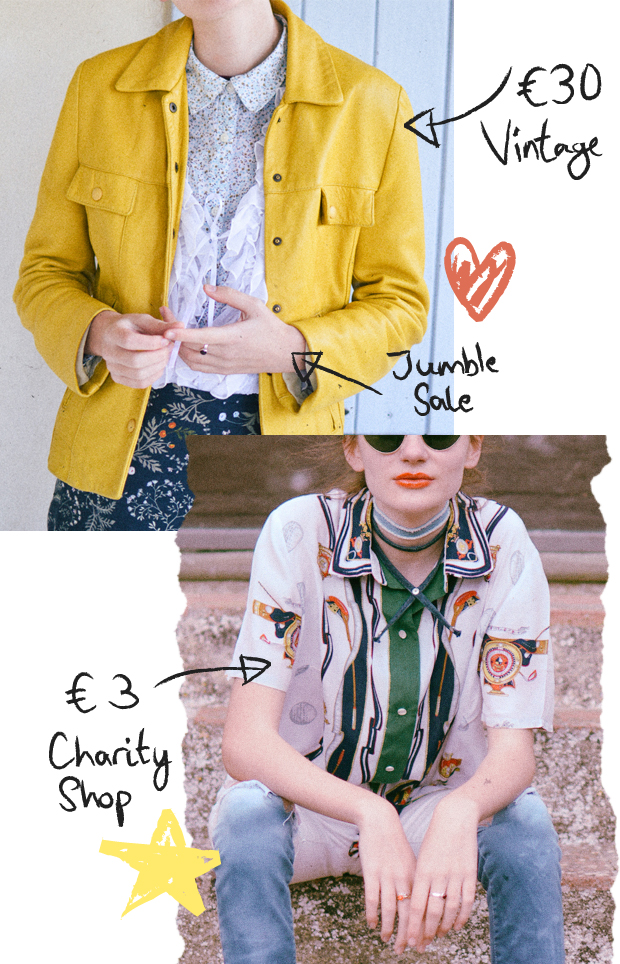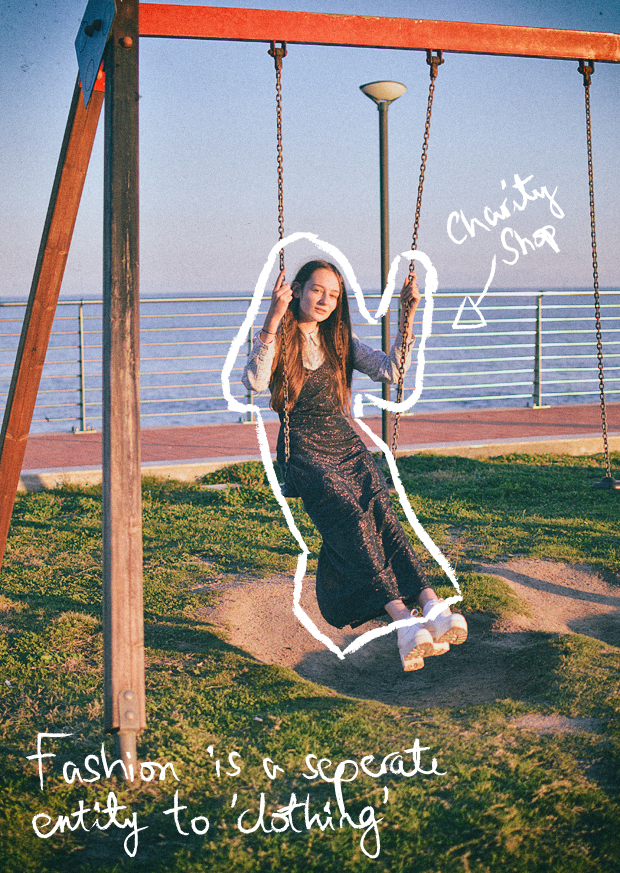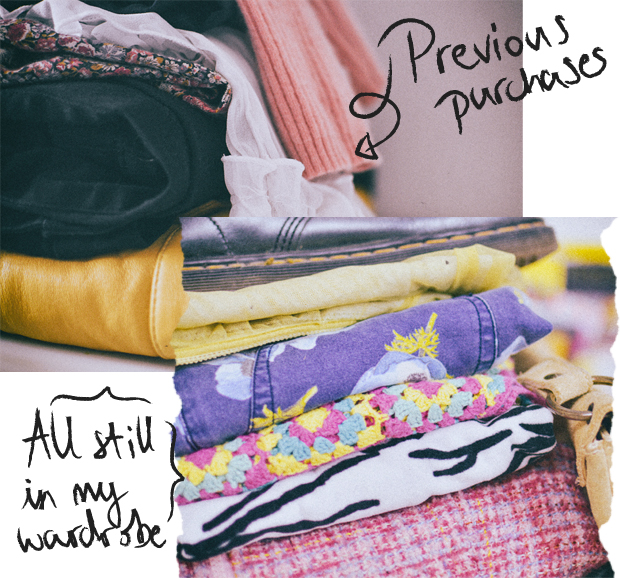In celebration of the launch of Lost Shapes x Tolly Dolly Posh last week, I thought I would explore the meanings behind each design and turn them in to helpful articles for you to use and put into practice. First up is my Keep on Asking design. You may have heard me suggest these ideas in many blog posts before but that’s just how important I think they are. Here are 10 simple ways to keep on asking…
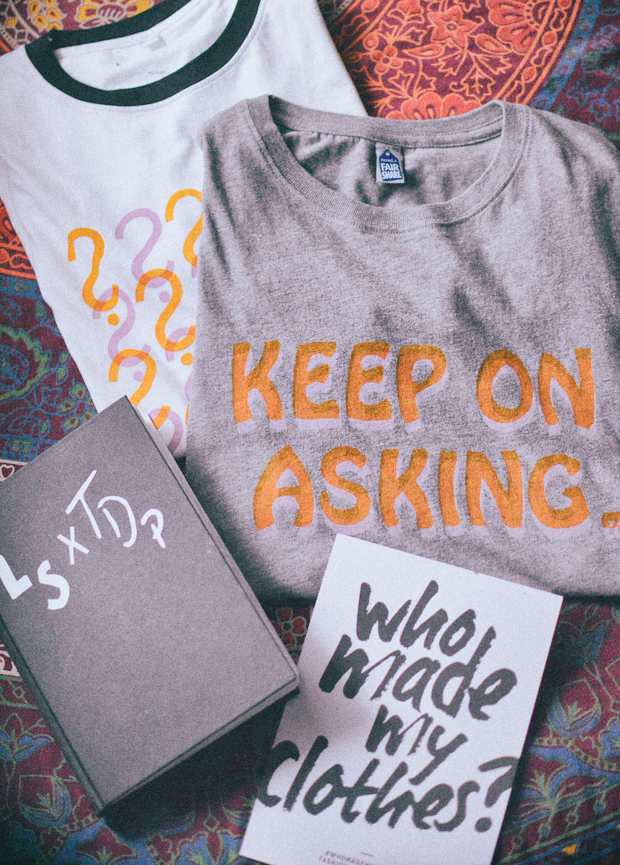
~ SHOP LOST SHAPES X TOLLY DOLLY POSH ~
Featured: Keep on Asking
1. Use your voice on social media…
Although I understand that “clicktivism” isn’t always the most powerful tool, especially when it’s thrown in amongst content that is quite the opposite, if you have a platform, I definitely advise using it. Even if you’re not necessarily a blogger or don’t specifically use social media to reach a specific audience, just one click might inspire one person to follow in your ethical and conscious footsteps.
2. …and your voice in real life…
As I said, empowering and inspiring on social media isn’t always the answer, so get out there and talk to people you know about these issues in real life. Even if just means casually dropping in a question or thought about ethical fashion whilst you’re shopping with a friend, it’s the same principle – it may just cause a chain reaction. Ask your friend or family member if they’ve ever thought about where their clothes come from or how something can be priced so cheaply.
3. Ask yourself questions…
It’s all well and good subtly dropping these questions and concerns into a conversation but if we’re not repeatedly asking ourselves these questions, then how can we become more conscious? Ask yourself if the action you’re taking is the best one – could I recycle this shirt differently? Do I really know where my dress came from? Is the label telling me enough?
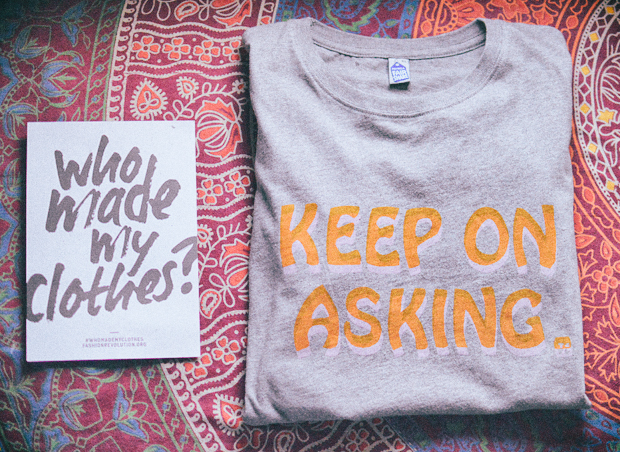
4. Join in with #WhoMadeMyClothes…
I’ve encouraged this enough and it was one of the main inspirations behind the slogan t-shirt in my collaboration. Every year, Fashion Revolution asks consumers and customers to ask brands who made their clothes to push for transparency and challenge what we know of the fashion industry.
5. Take longer to decide before buying…
Use my helpful guide on how to know if you’ll actually wear what you’re buying if you want to work out easier ways to decide on your purchases beforehand. This can really help us all become more sustainable.
6. Write a letter to brands you love…
Using Fashion Revolution’s helpful guides, write a letter or a post card to a brand that you love. Admittedly I have yet to do this, so perhaps I’ll report back in the near future when I give it a shot myself. Writing a letter could bury a seed into the mind of someone has more power than somebody reading a brand’s social media feeds and really shows you’re willing to put in the effort for something you feel strongly about.
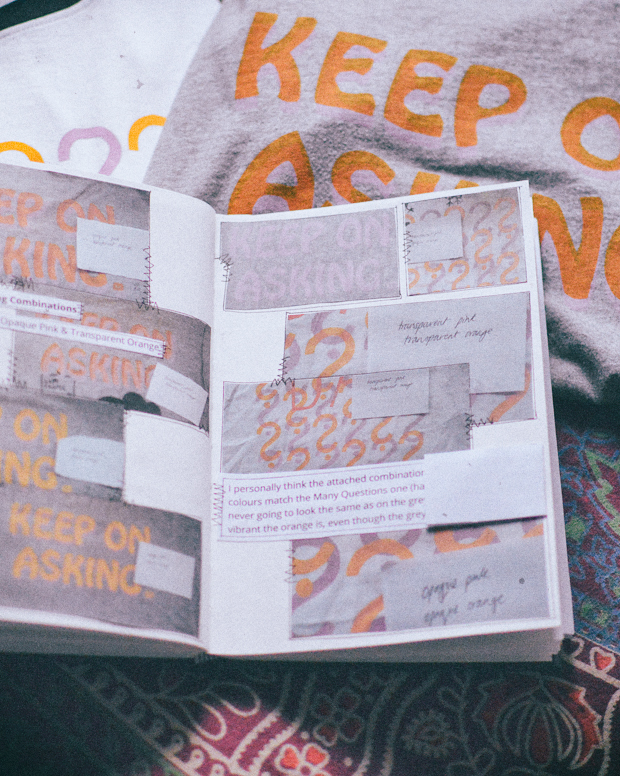
7. Look for warning signs…
Are you being greenwashed? Do you even know what greenwashing means? Learning how to identify signs of a product or brand not being quite as eco-friendly or ethical as it seems can help us avoid buying into the idea of sustainability and ethics being a trend. I spoke about greenwashing here and I hope it helps you keep your eyes peeled.
8. Question price…
…because your t-shirt shouldn’t cost less than your trip to Starbucks. Price doesn’t mean everything; just because an item is more expensive doesn’t mean it is immediately more ethical. In my opinion, you shouldn’t trust any brand that is selling at absurdly low prices (I’m talking about the likes of Primark and H&M) because it’s obvious they are cutting corners. At the same time, research brands that charge more so you know what you’re really paying for and investing in.
9. See if you can find an alternative…
If you know what you’re buying isn’t necessarily ethical, perhaps hold up on purchasing and see if you can find an ethical alternative or even a second-hand one. This ties in with taking longer to decide before buying but is especially important if you’re either investing in a product or re-purchasing an essential wardrobe item that you might benefit investing in, anyway. Quality lasts, folks!
10. Don’t take anything at face value…
This final step is really the whole idea of asking questions and pushing for transparency. We need to know as much as possible in order to make conscious and considered decisions that will not only help us but other people and the planet. Ask questions, even if they seem simple and easy to answer – they should be if they’re not already.
